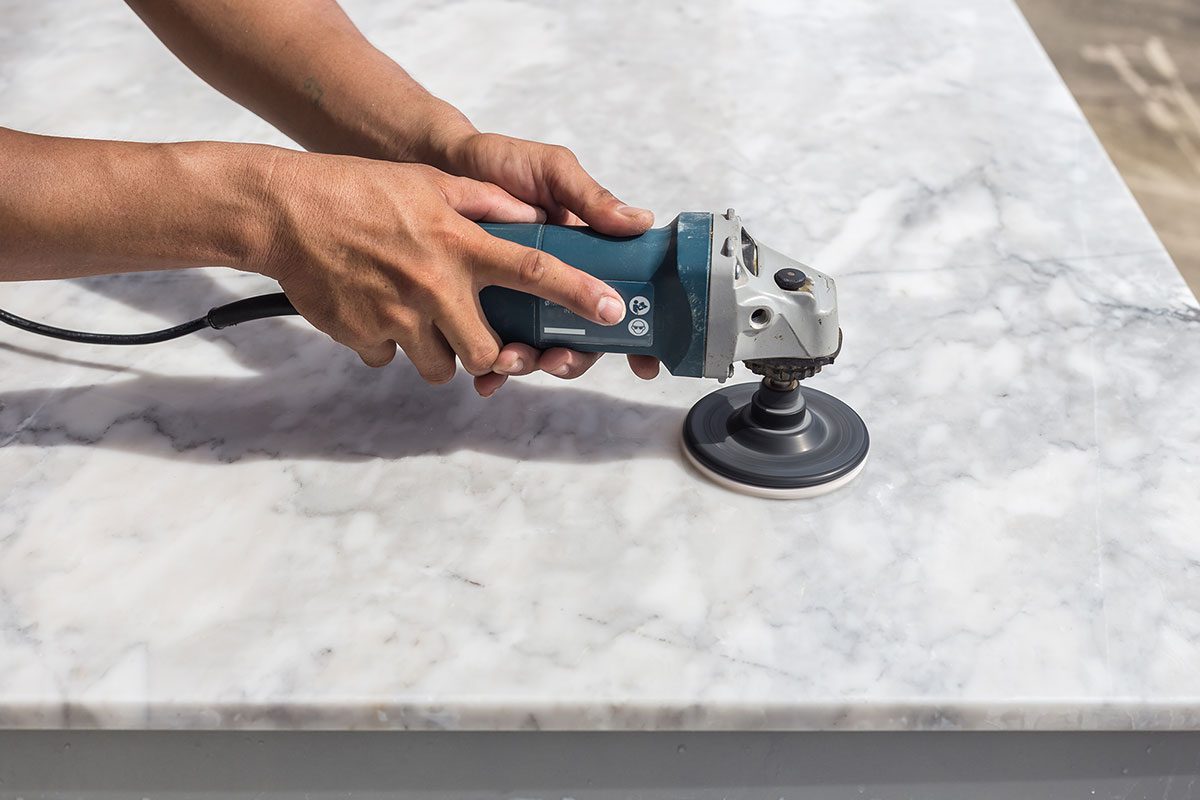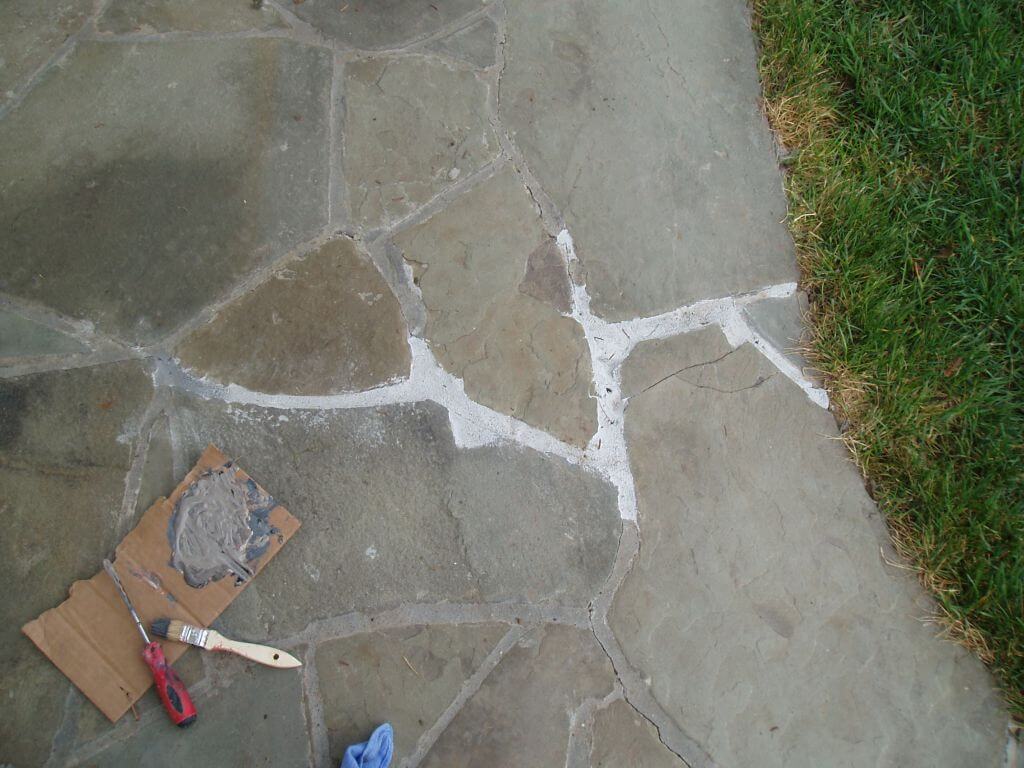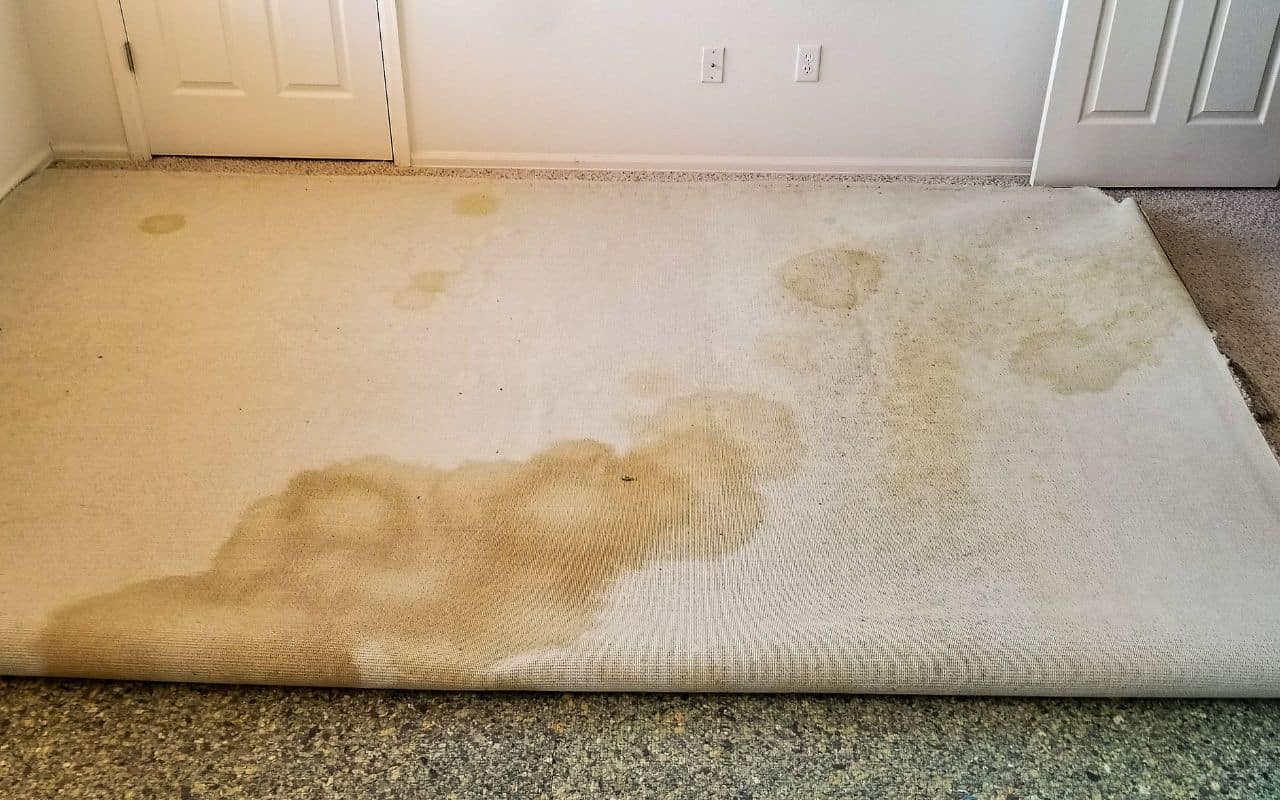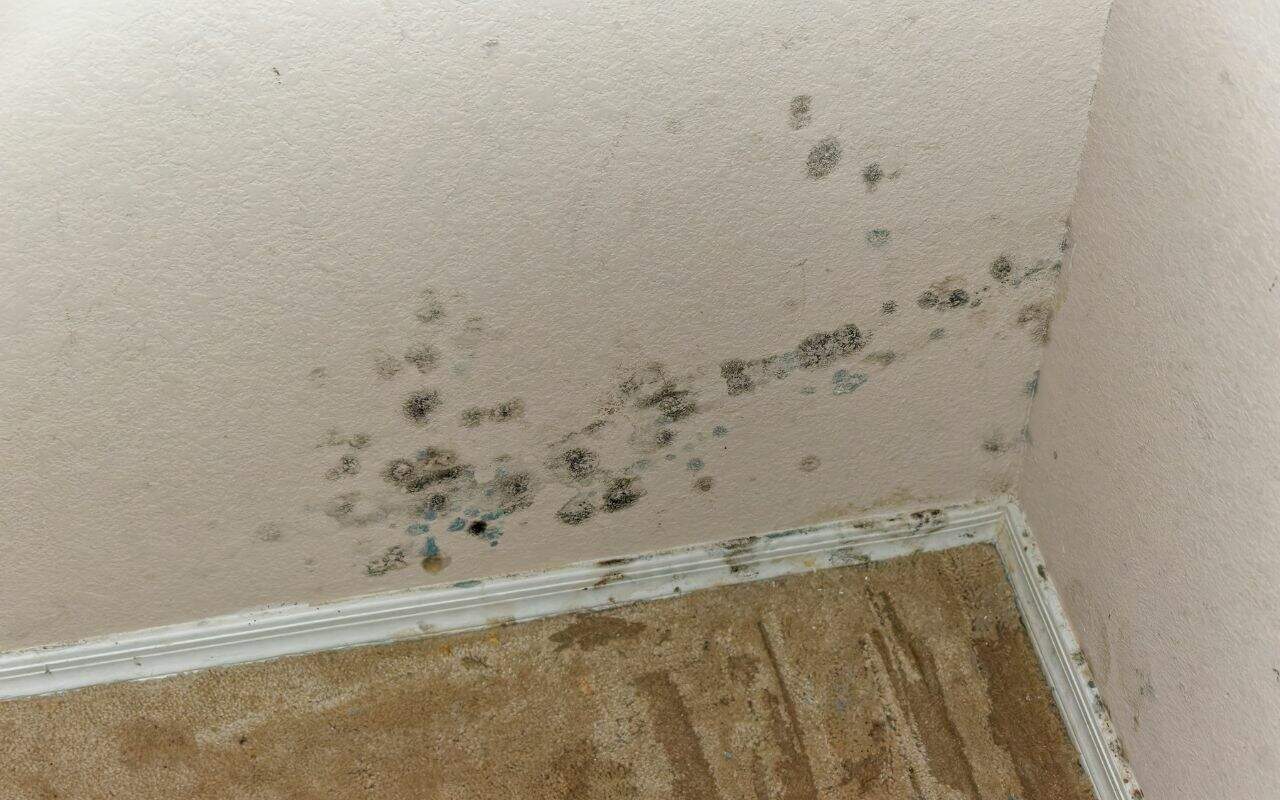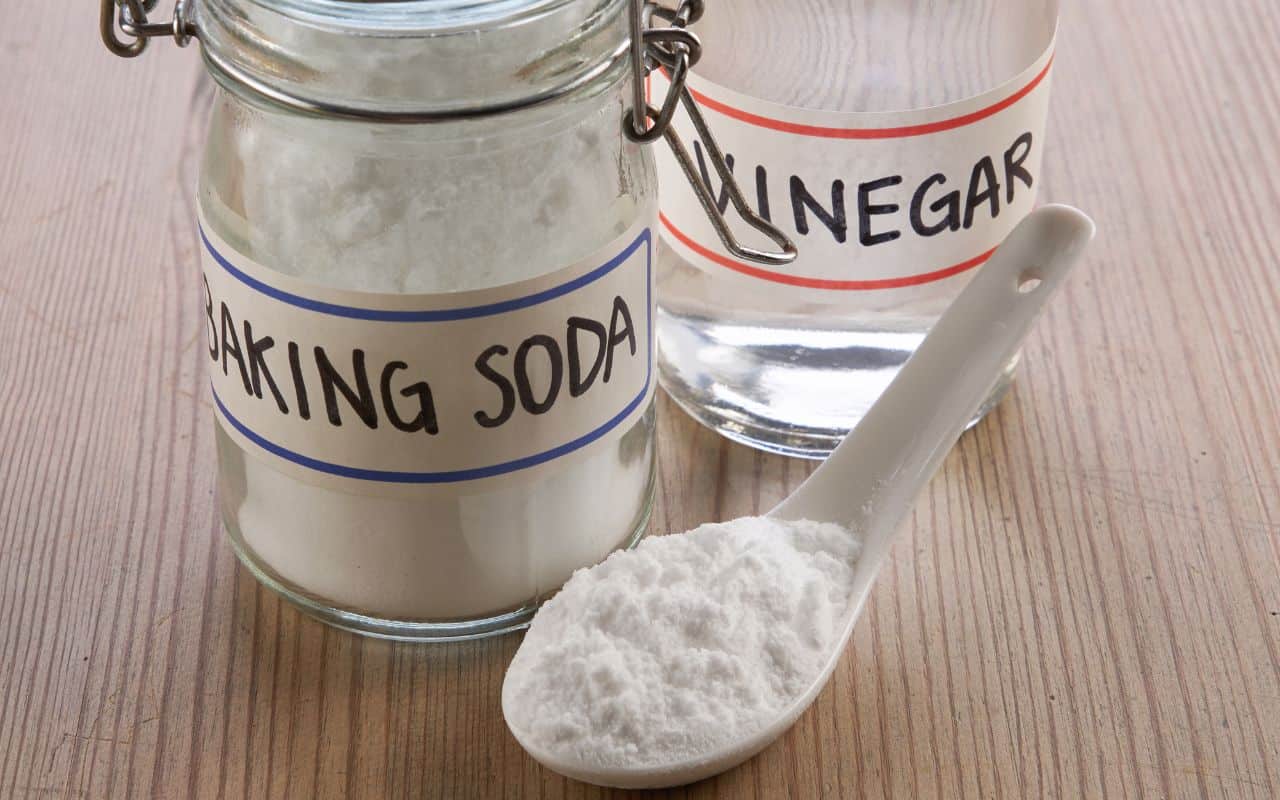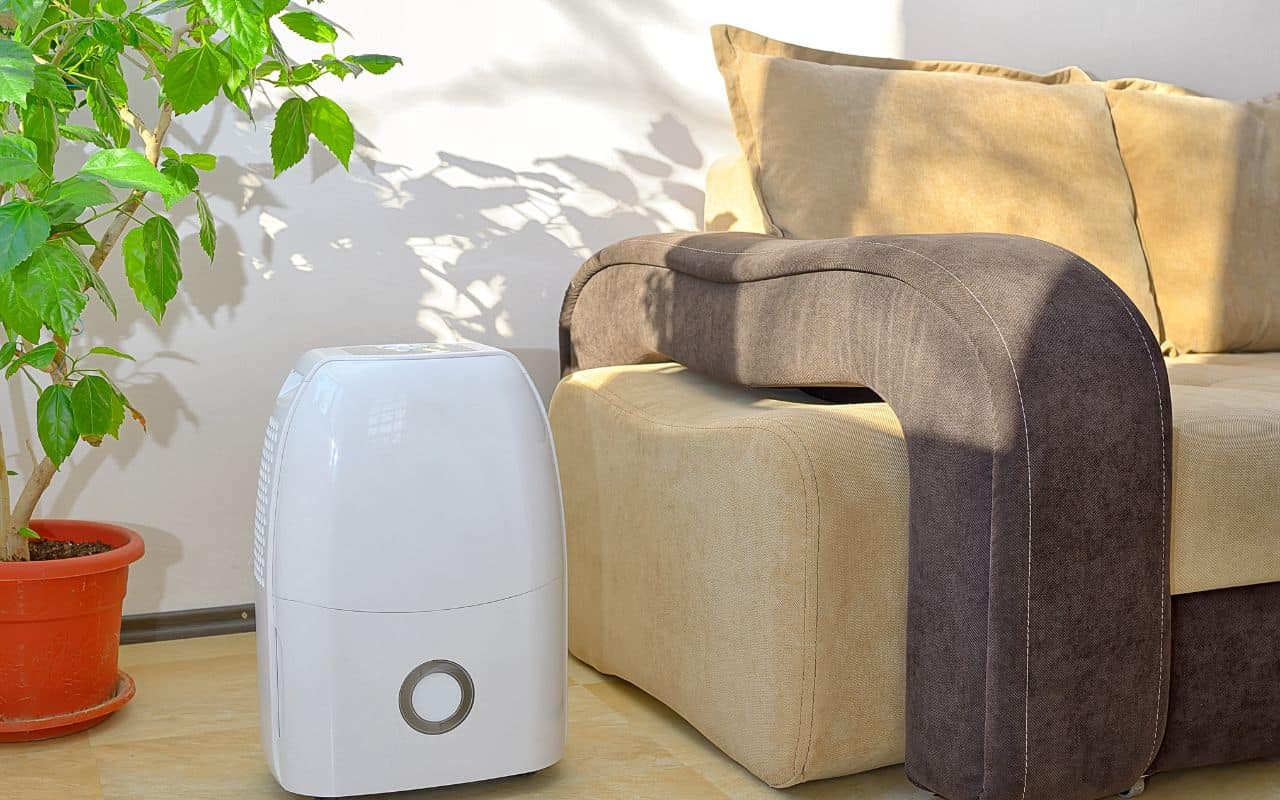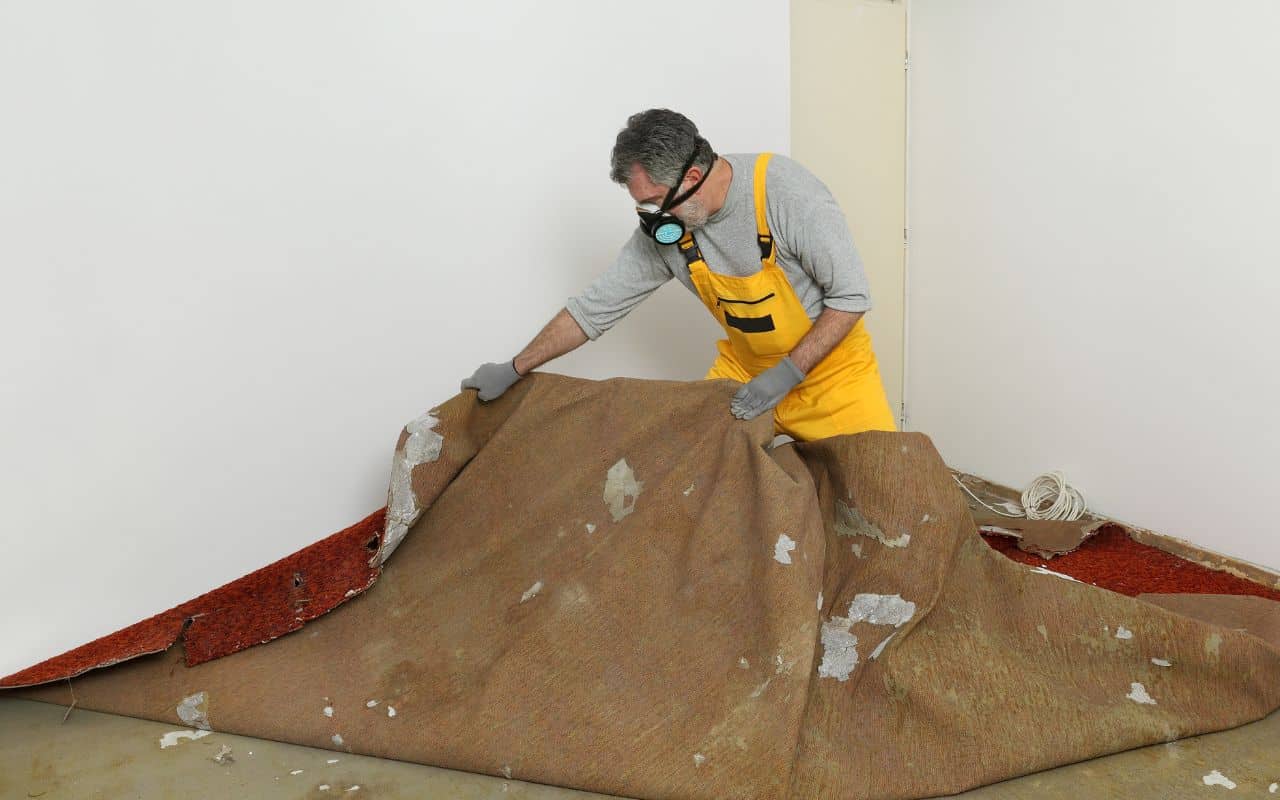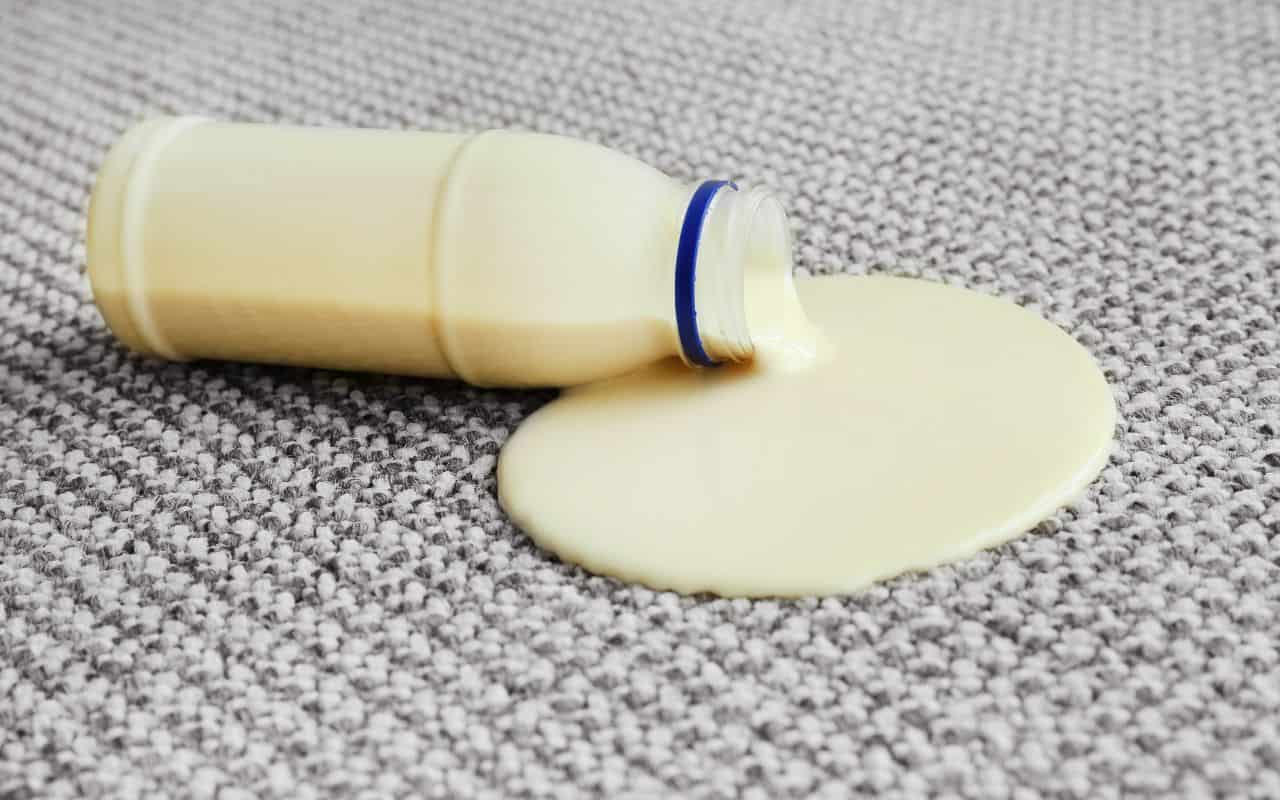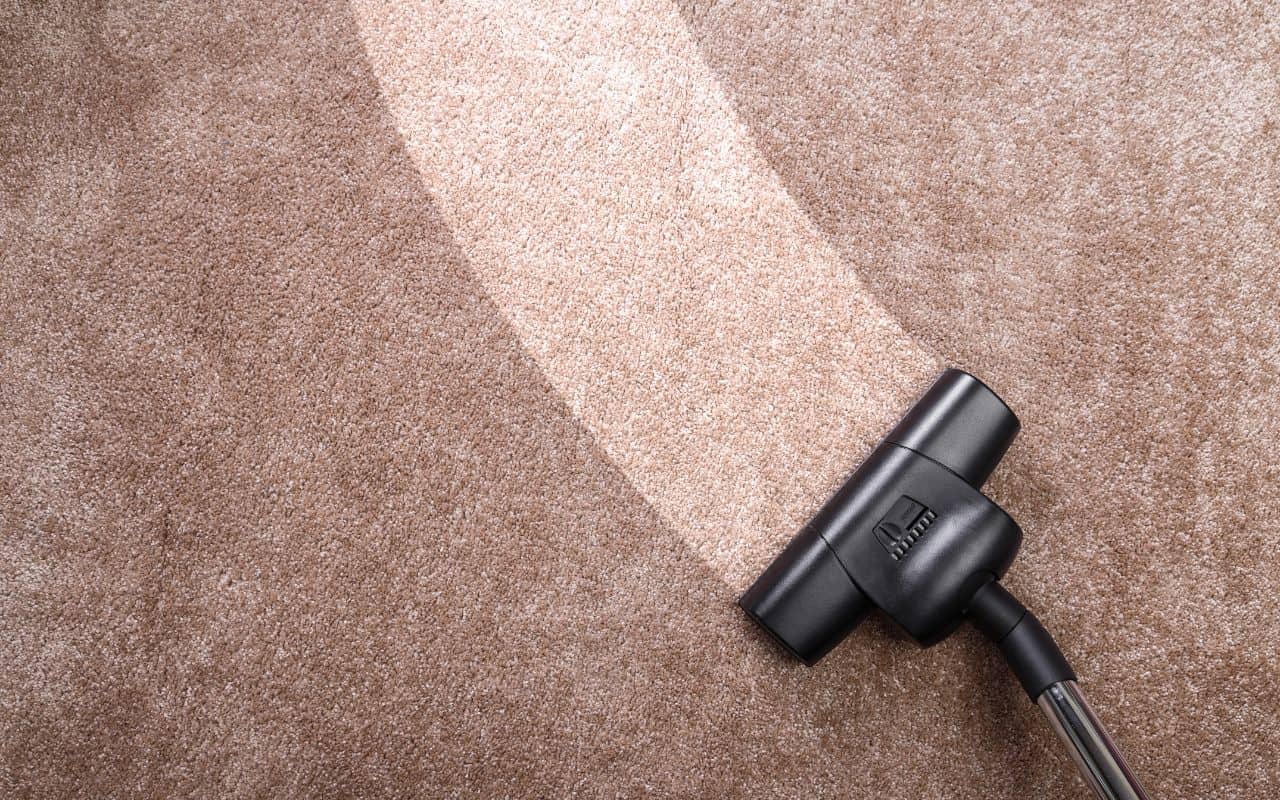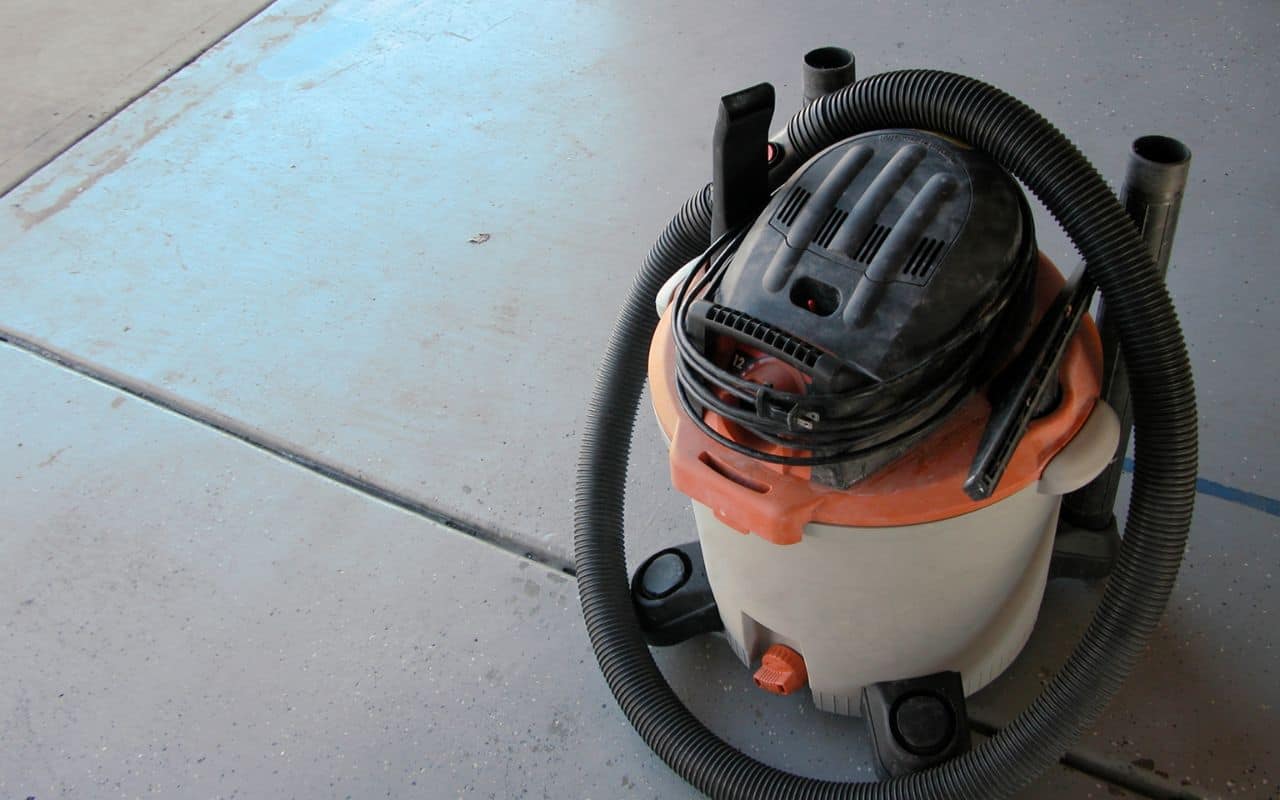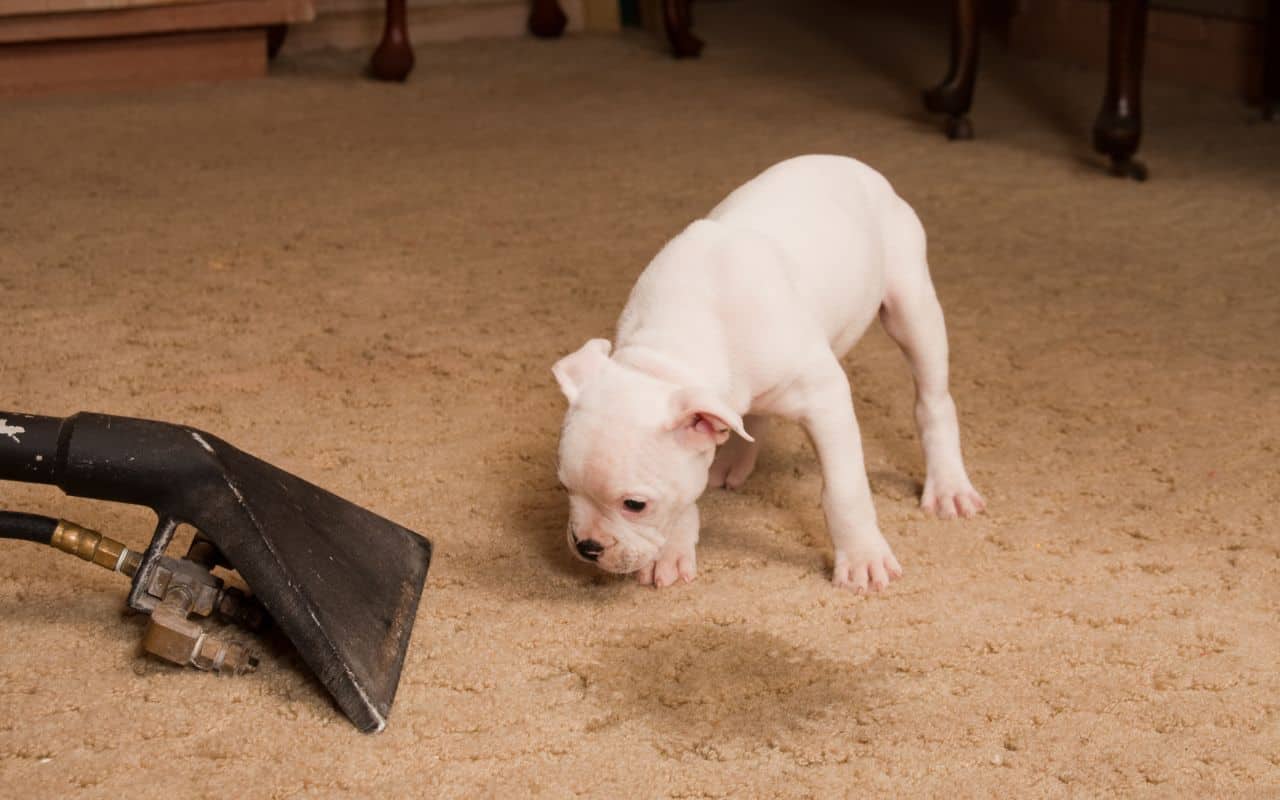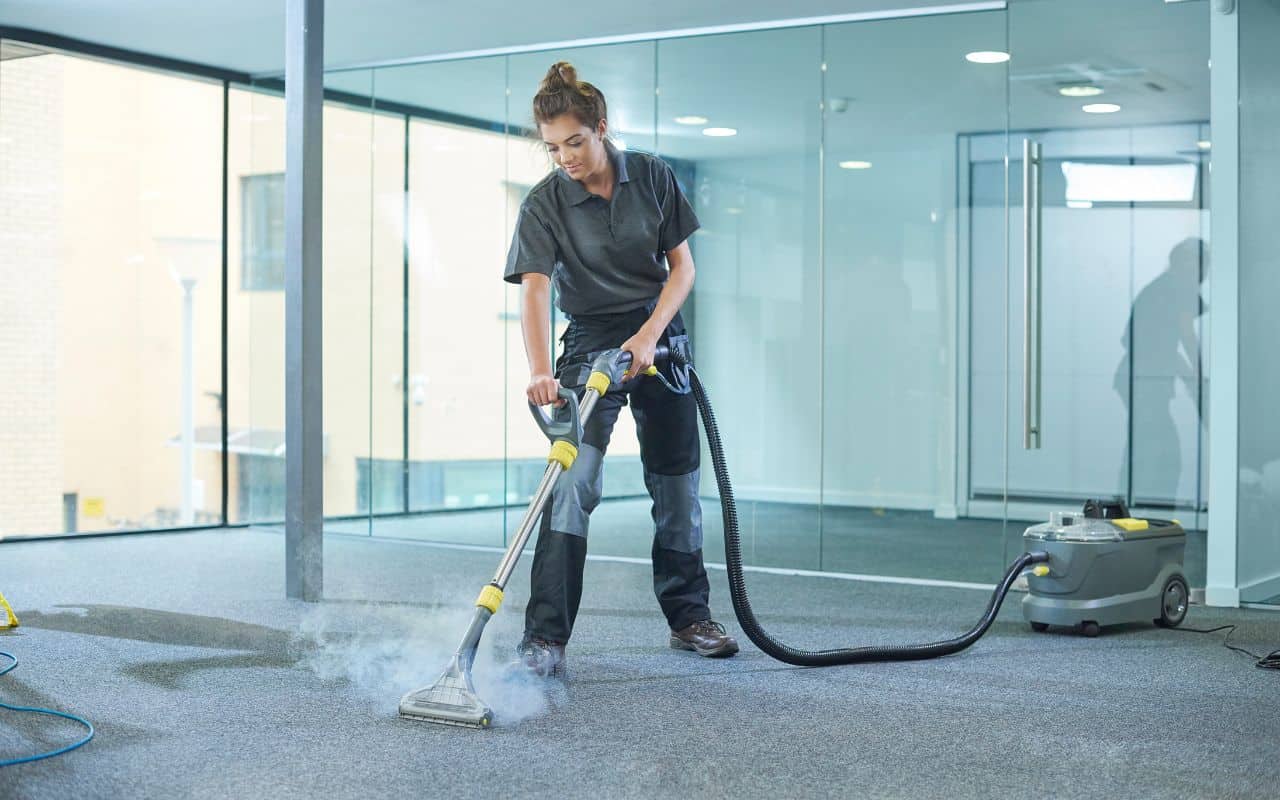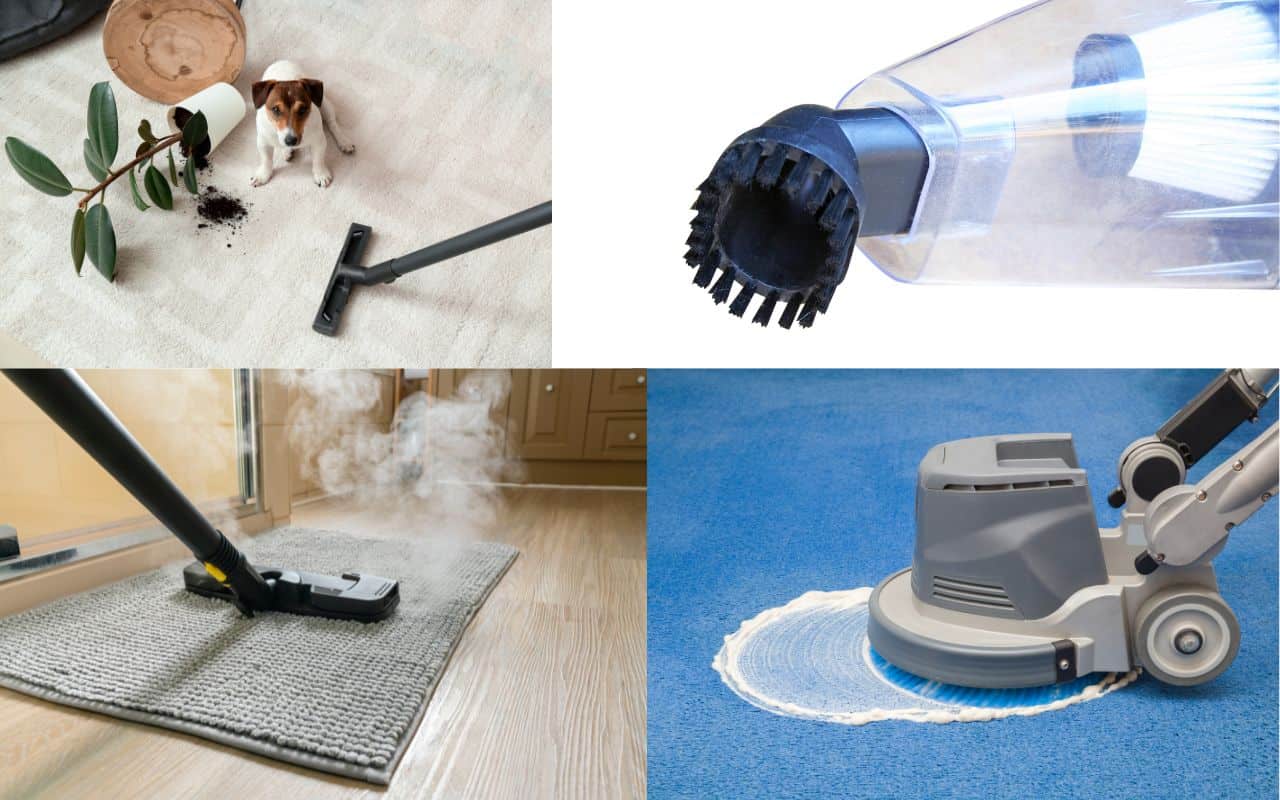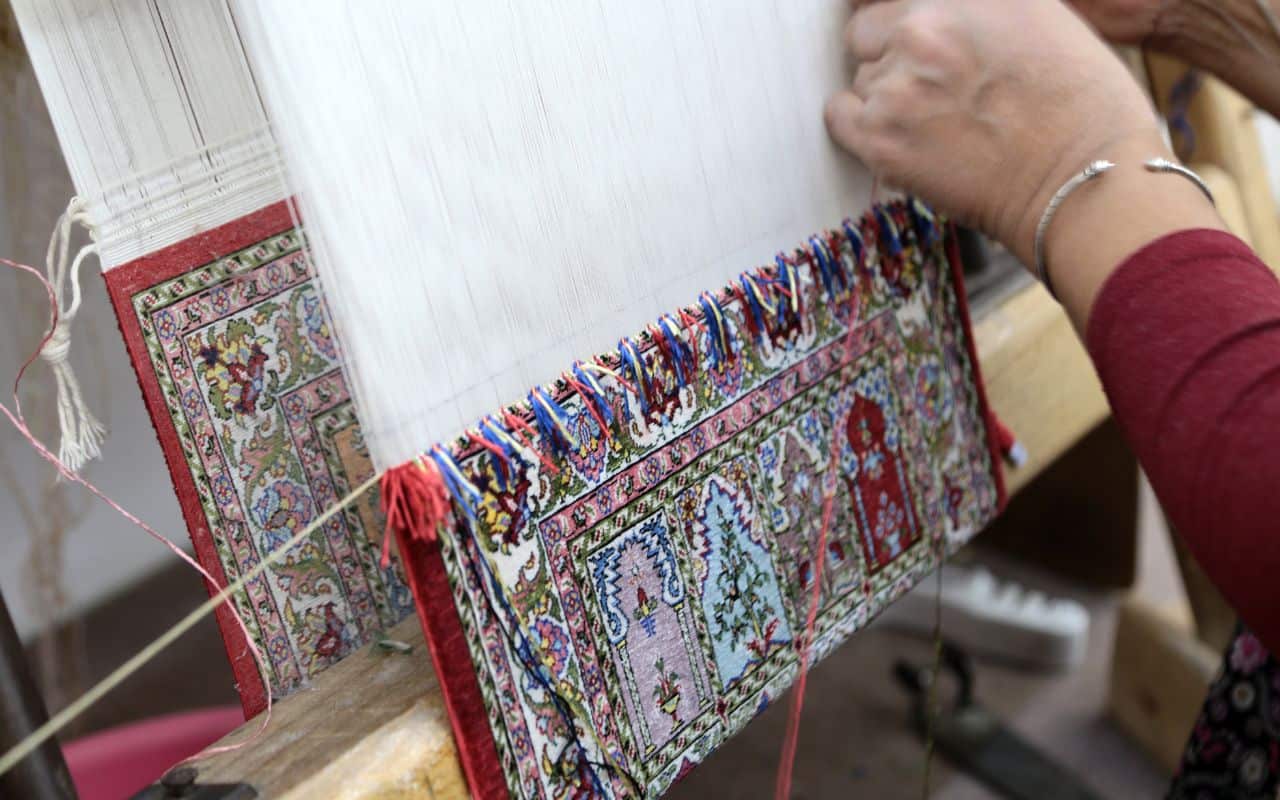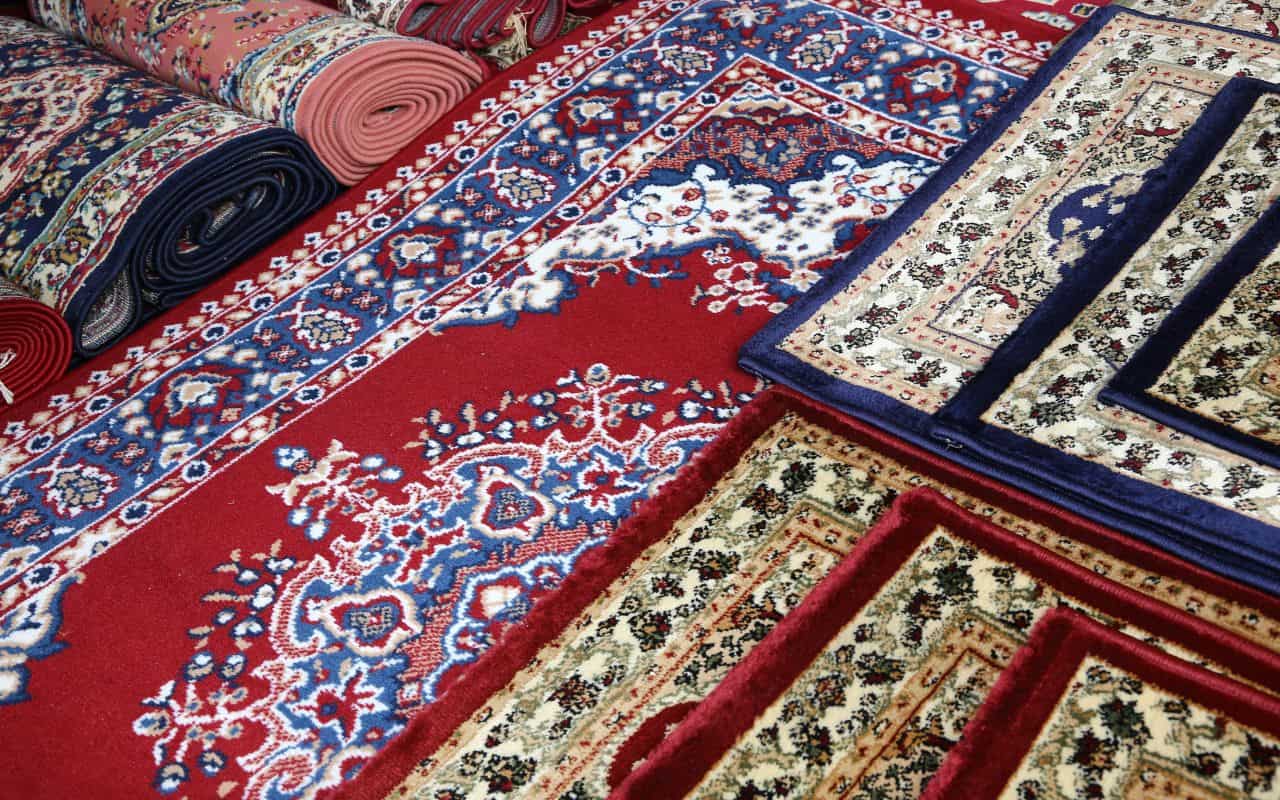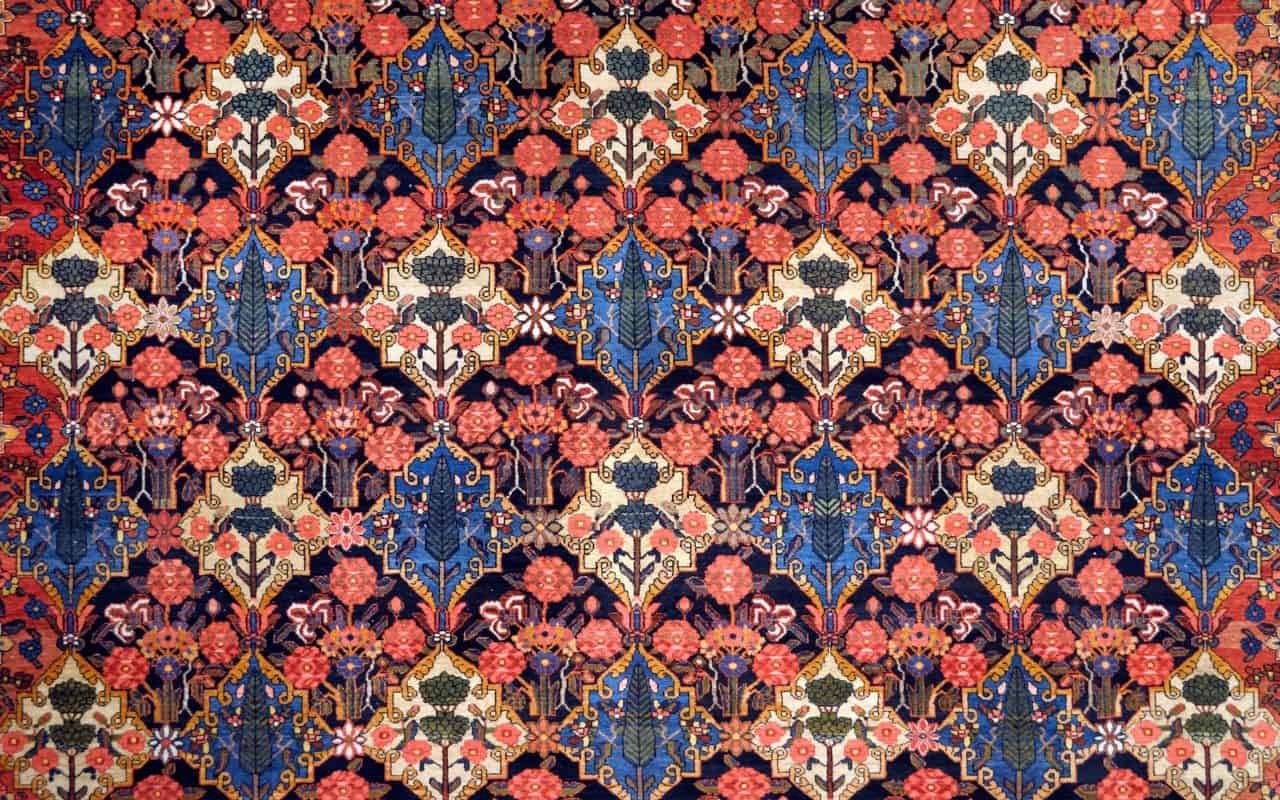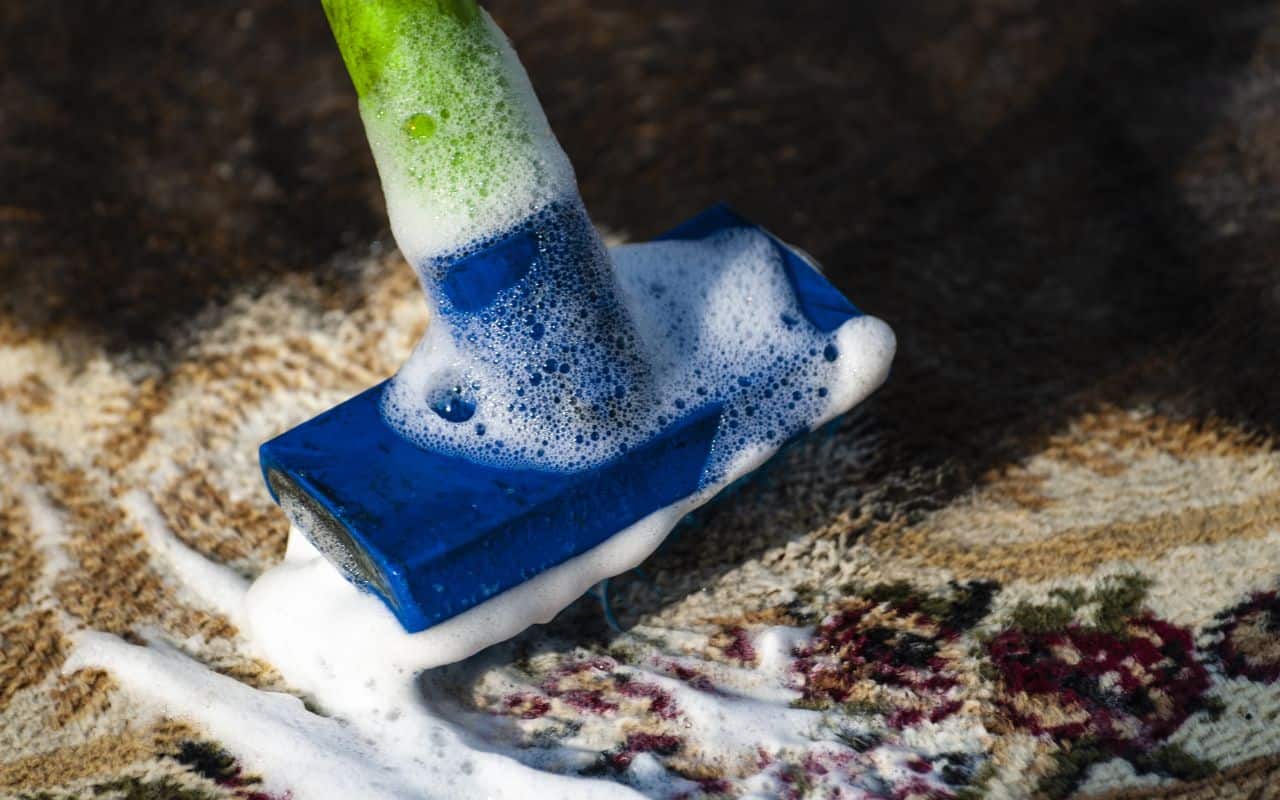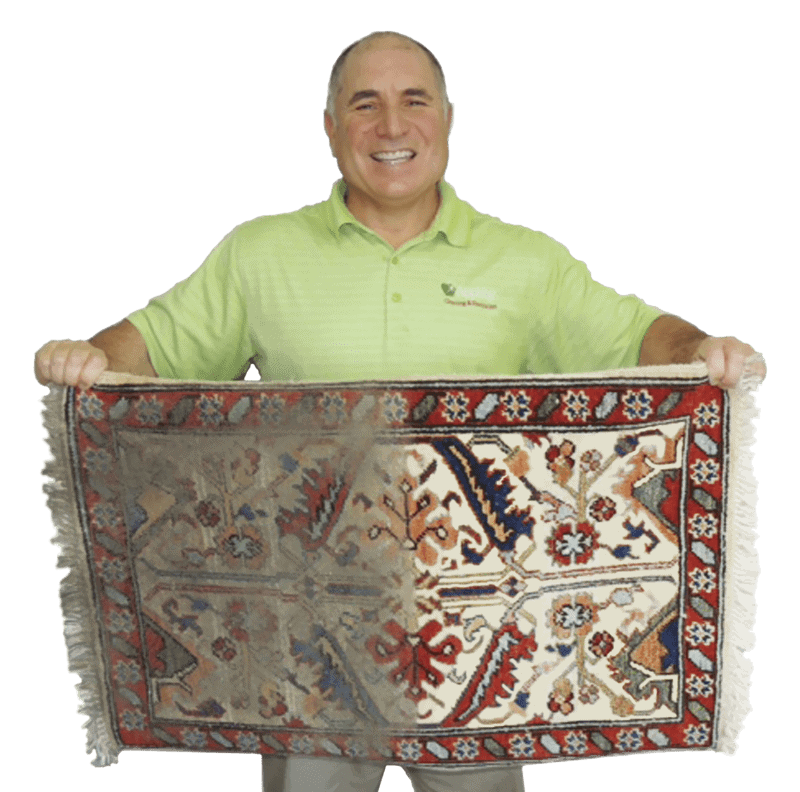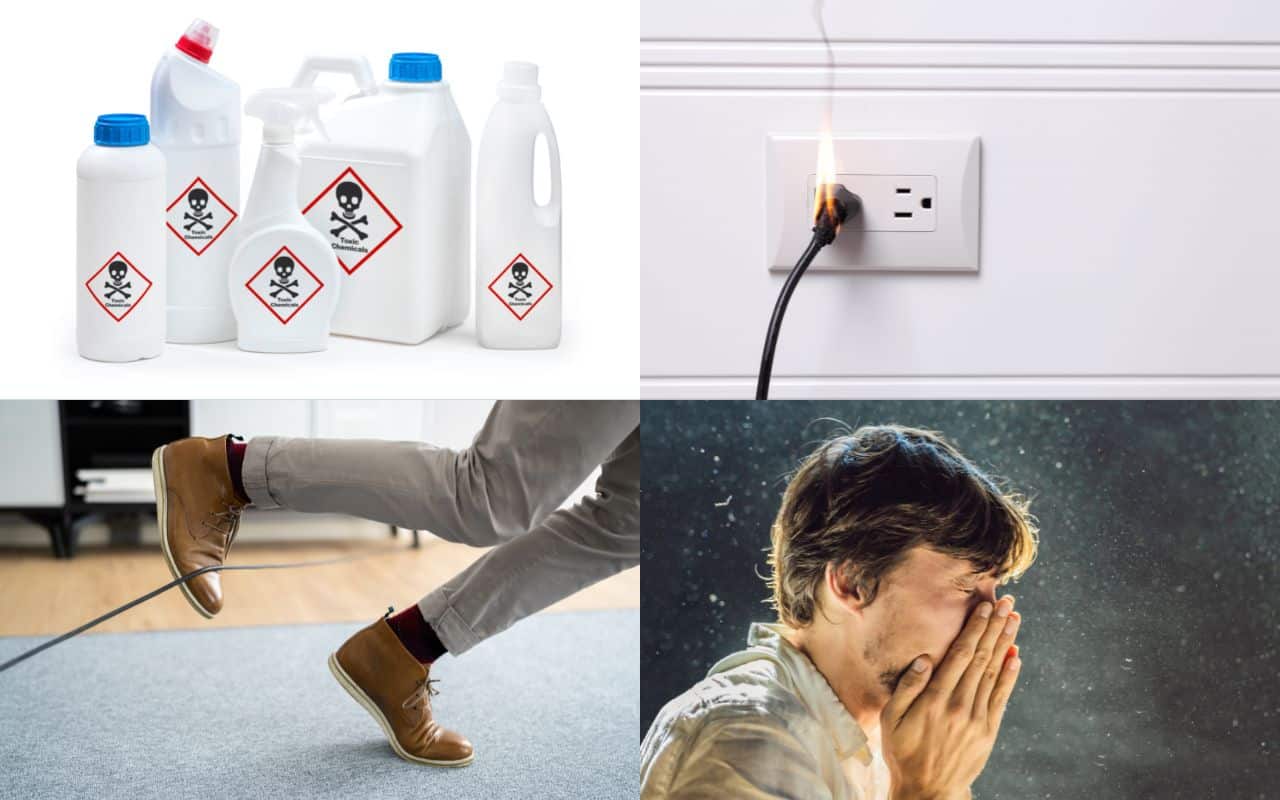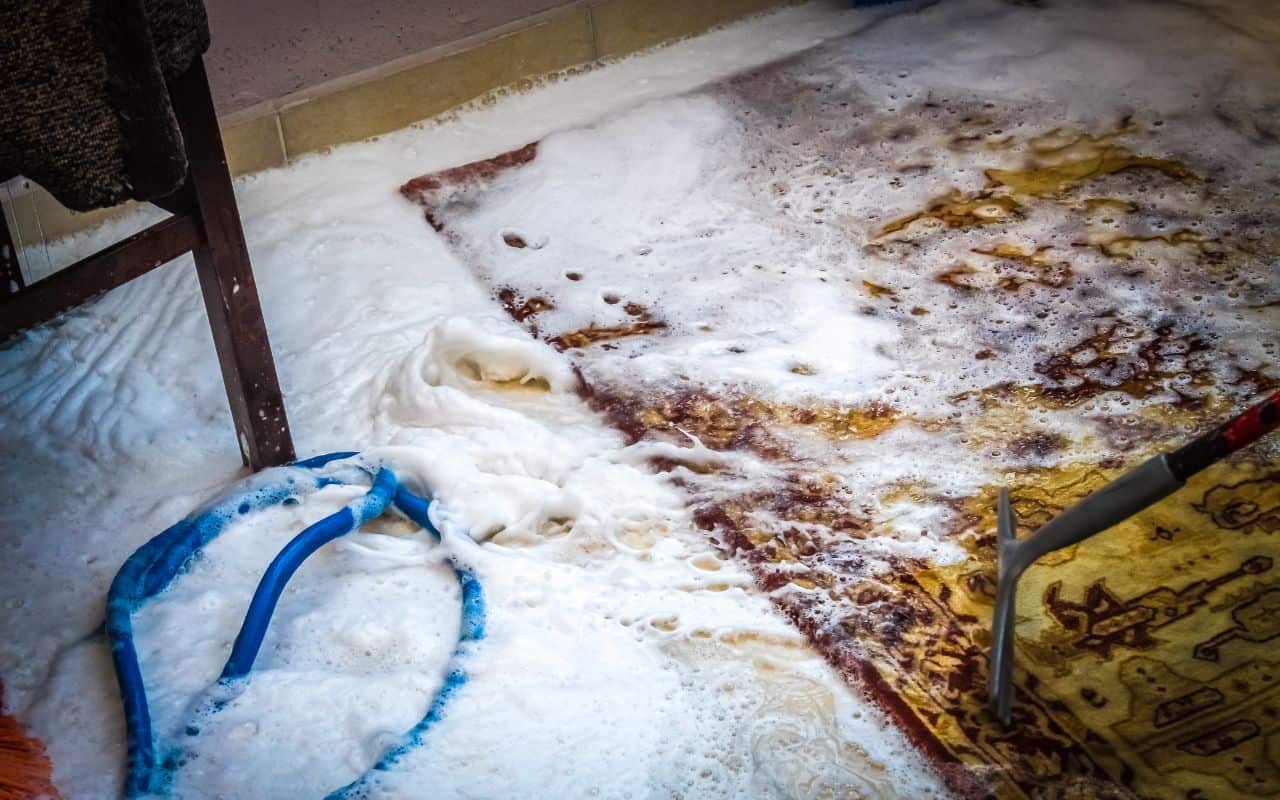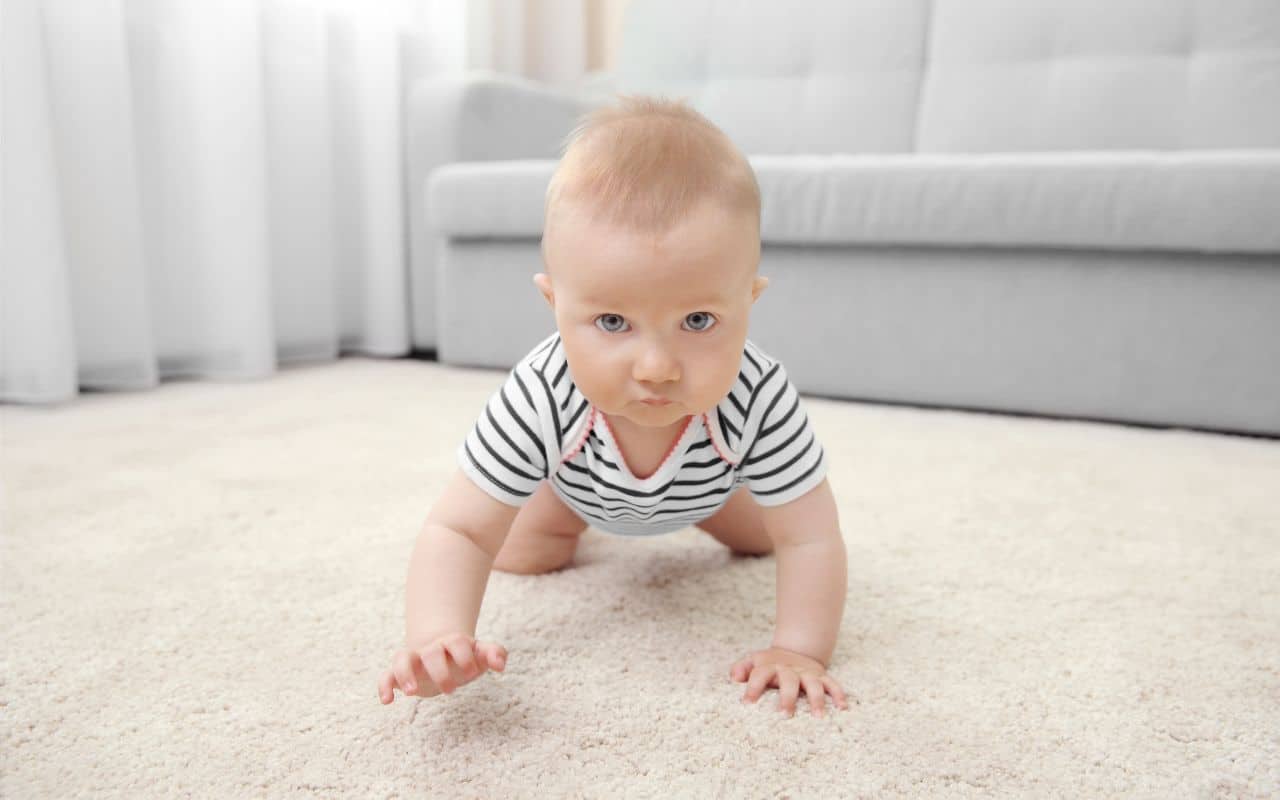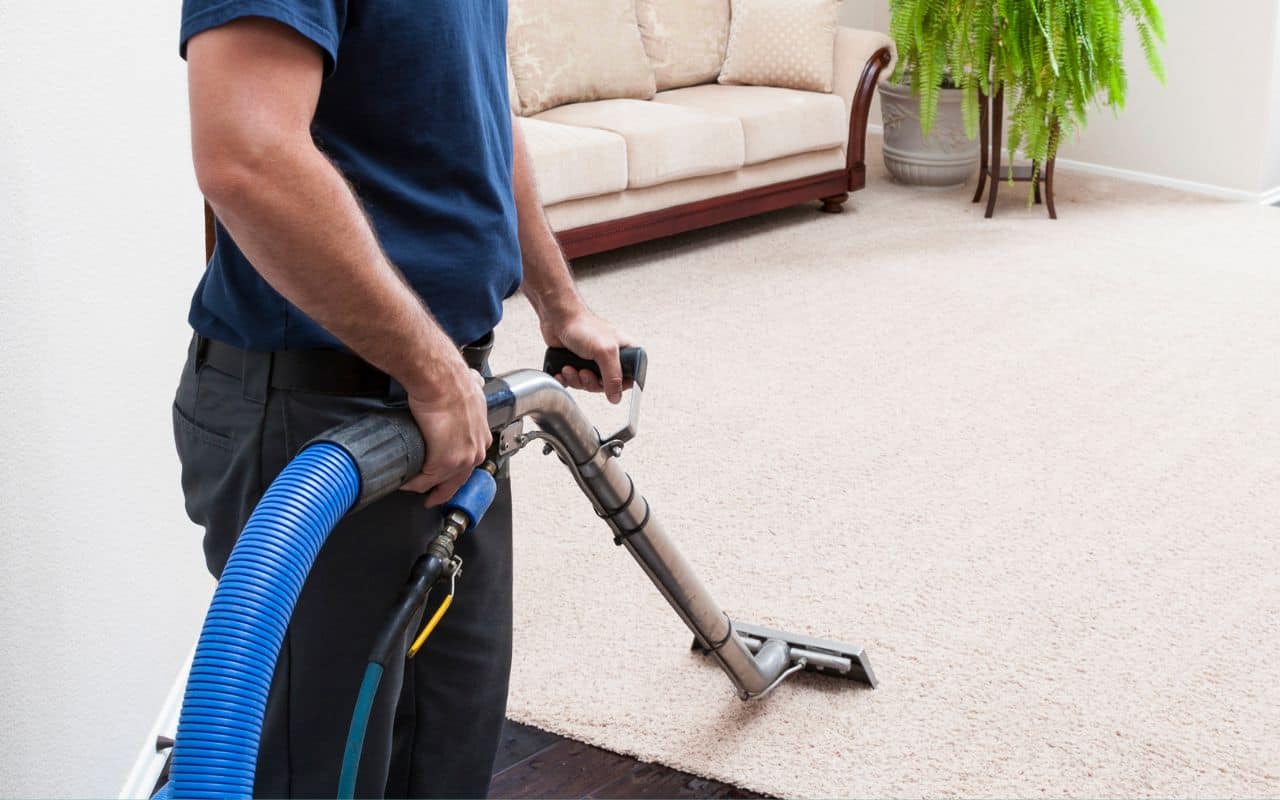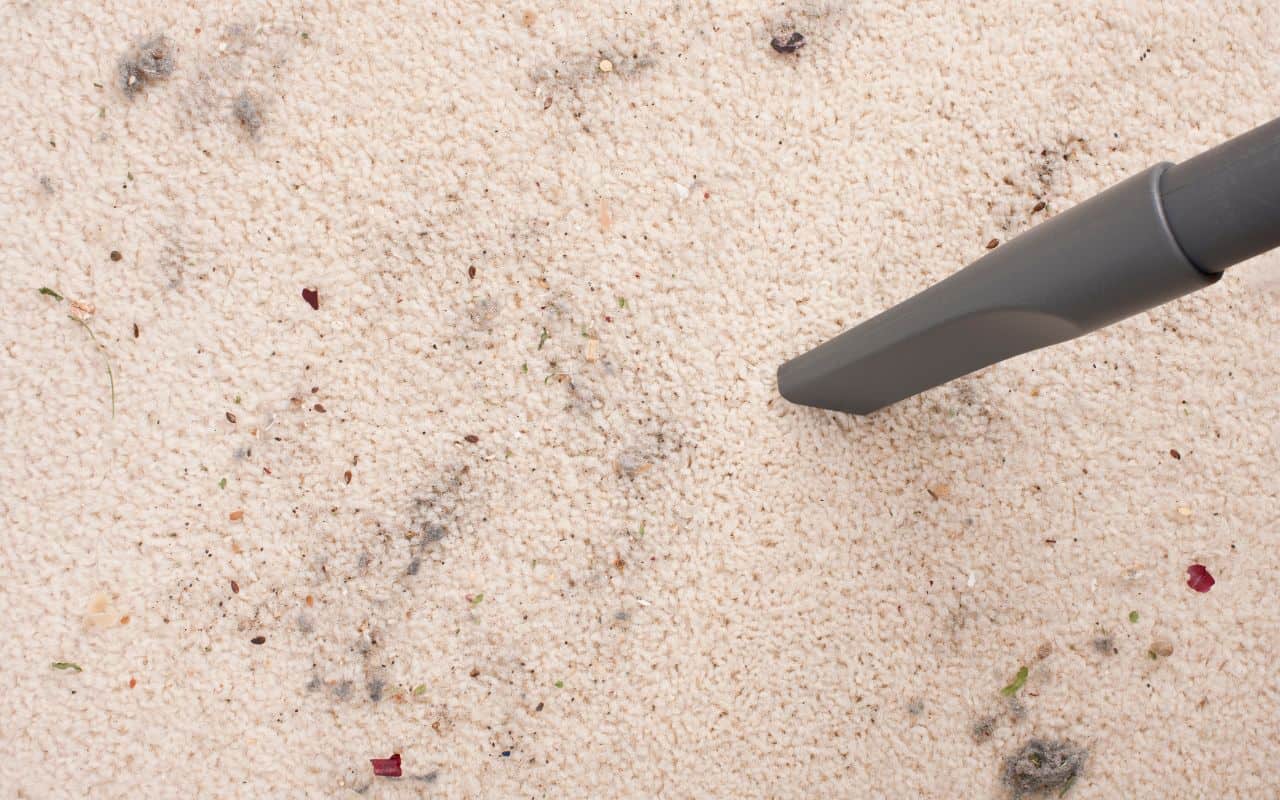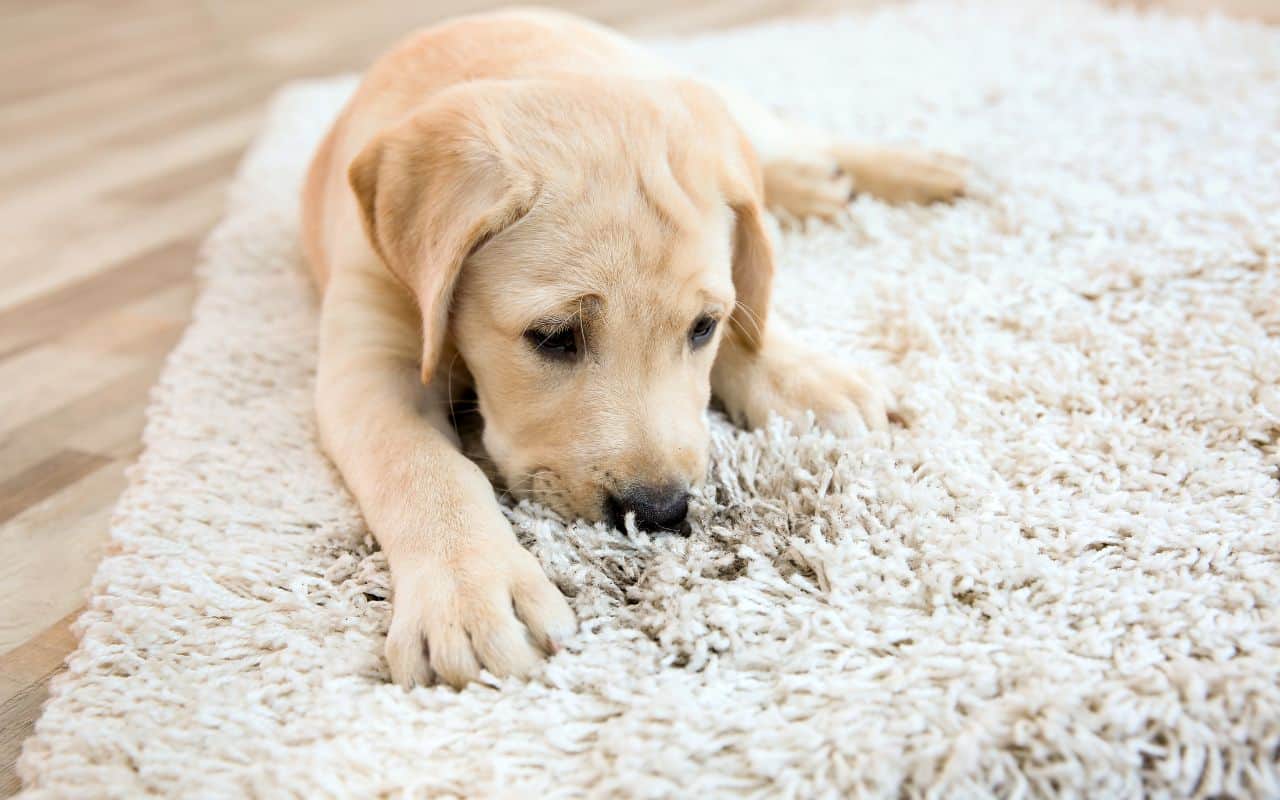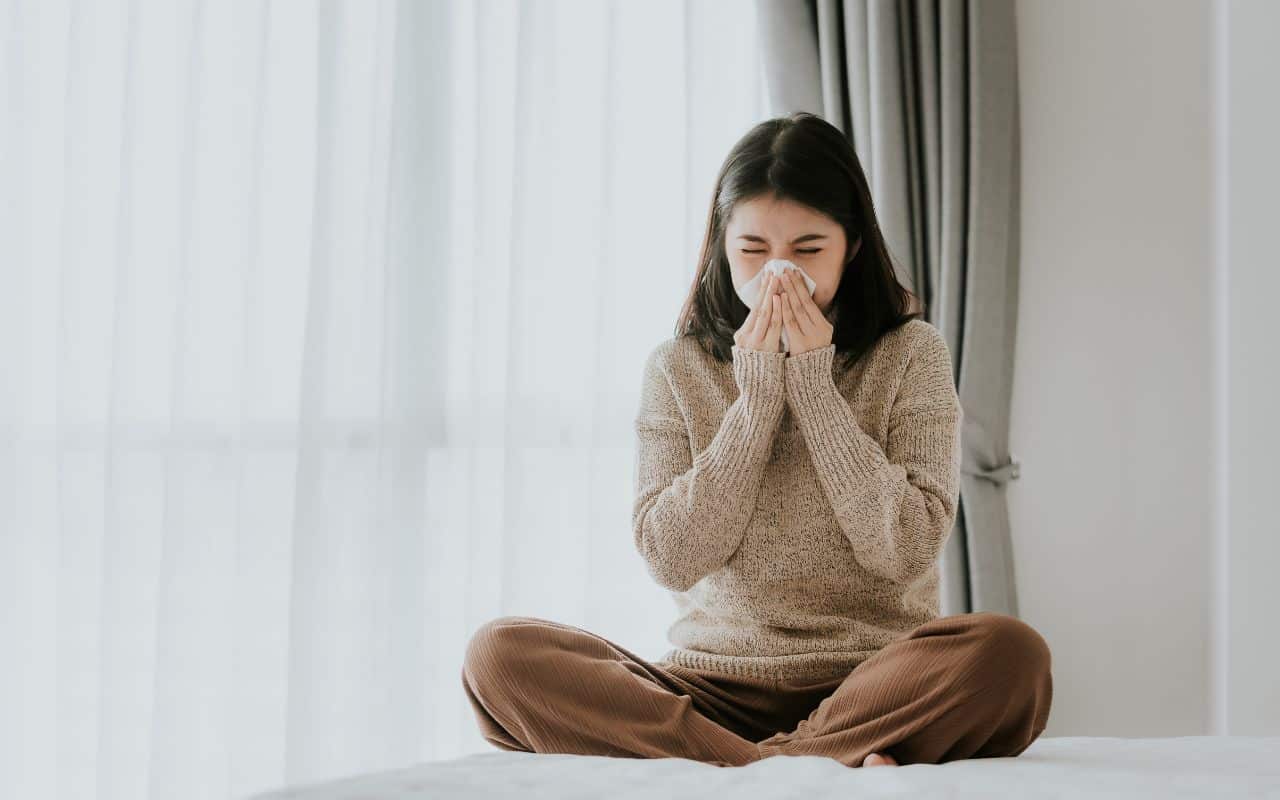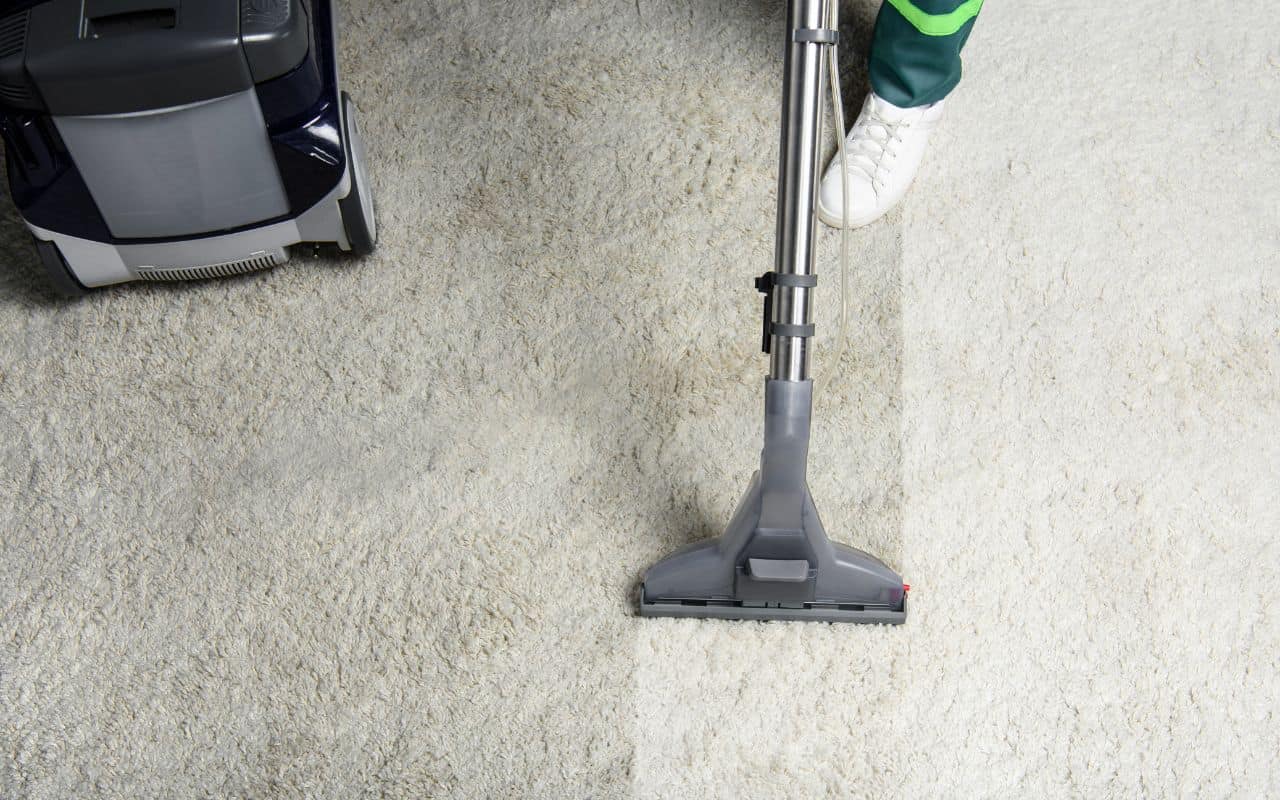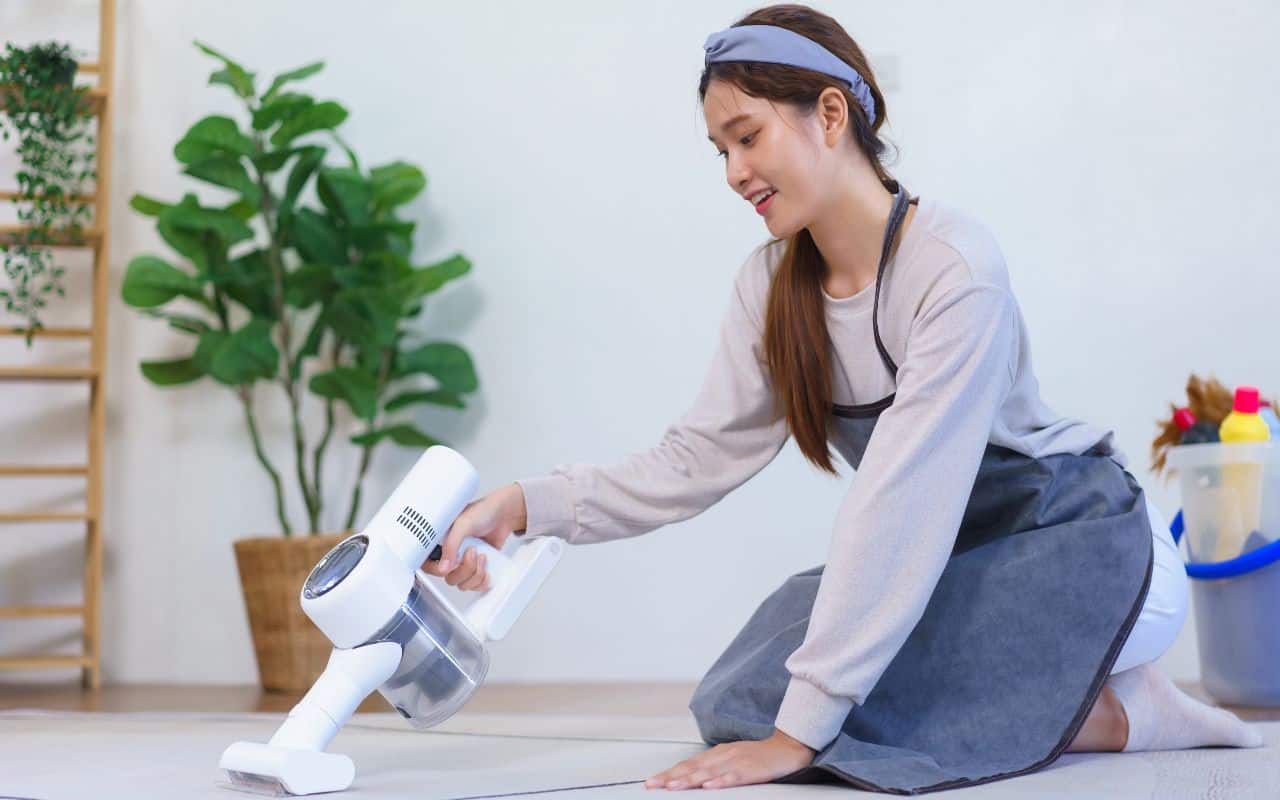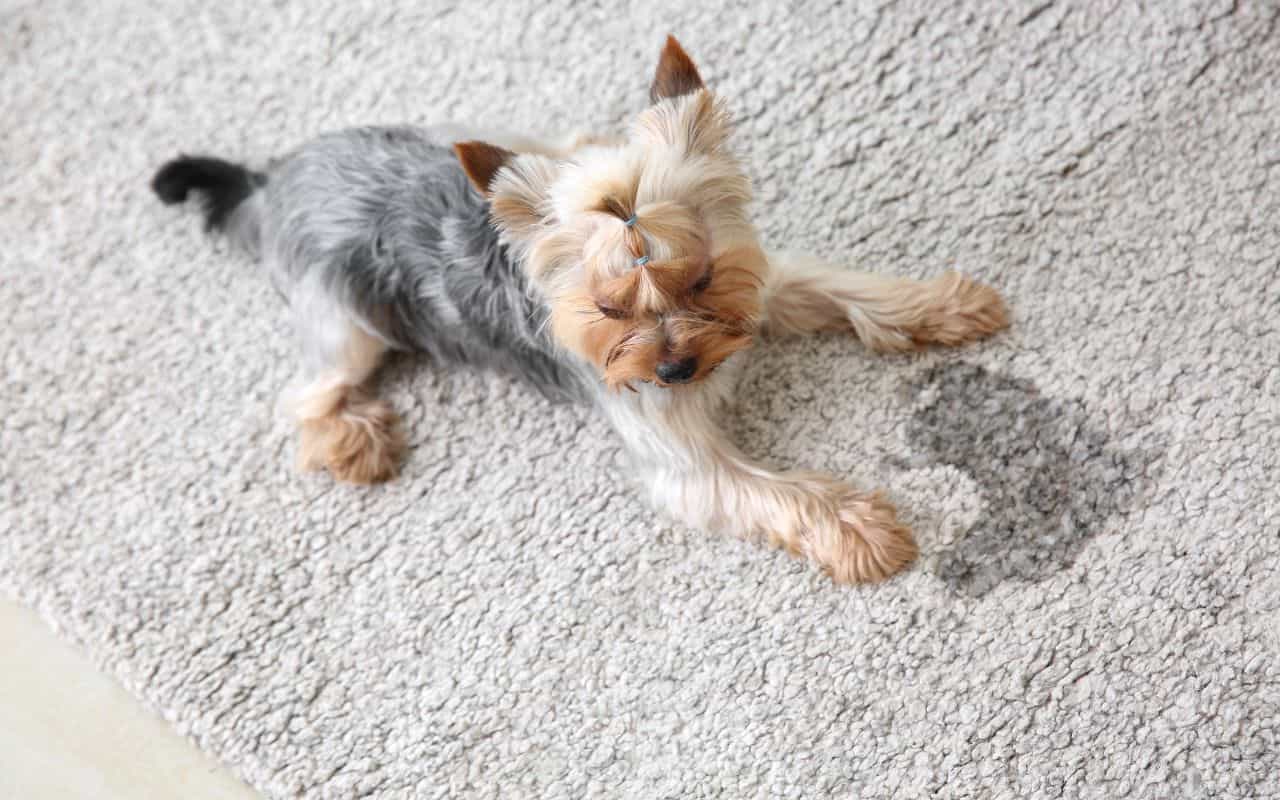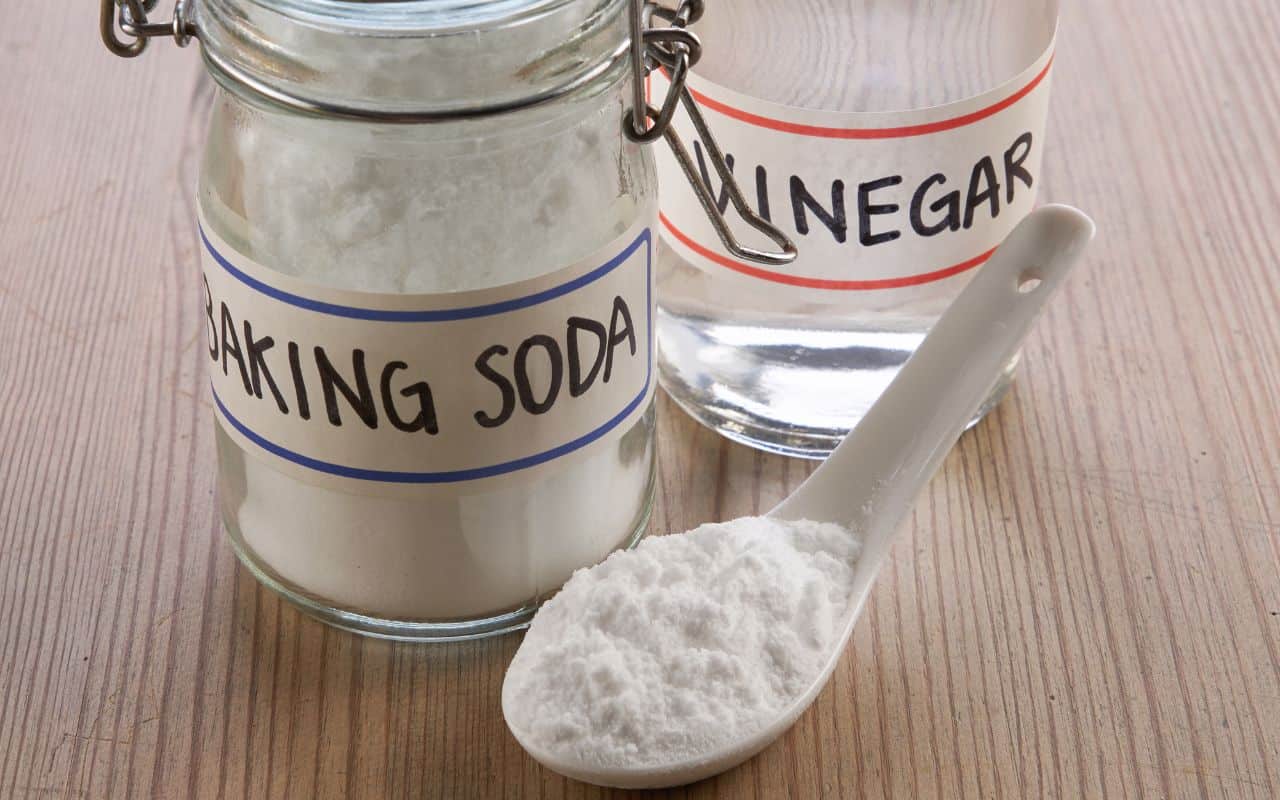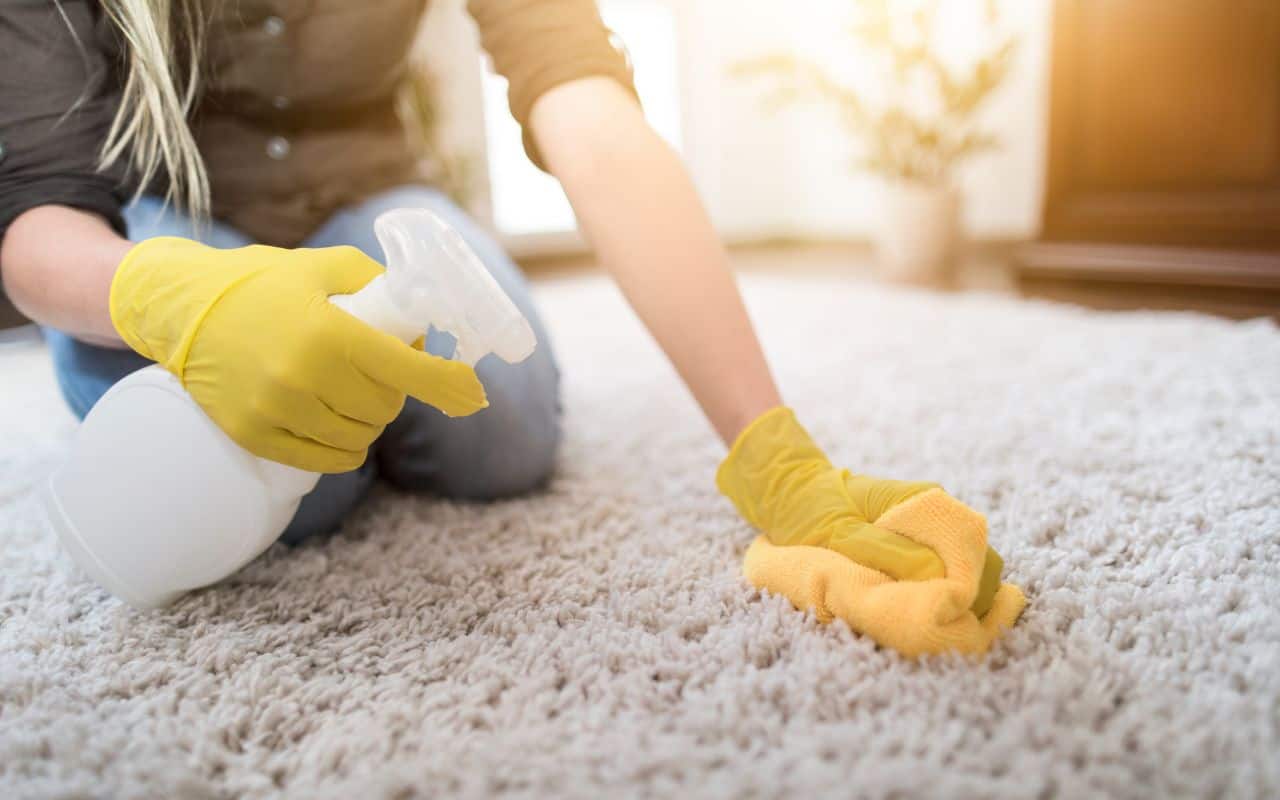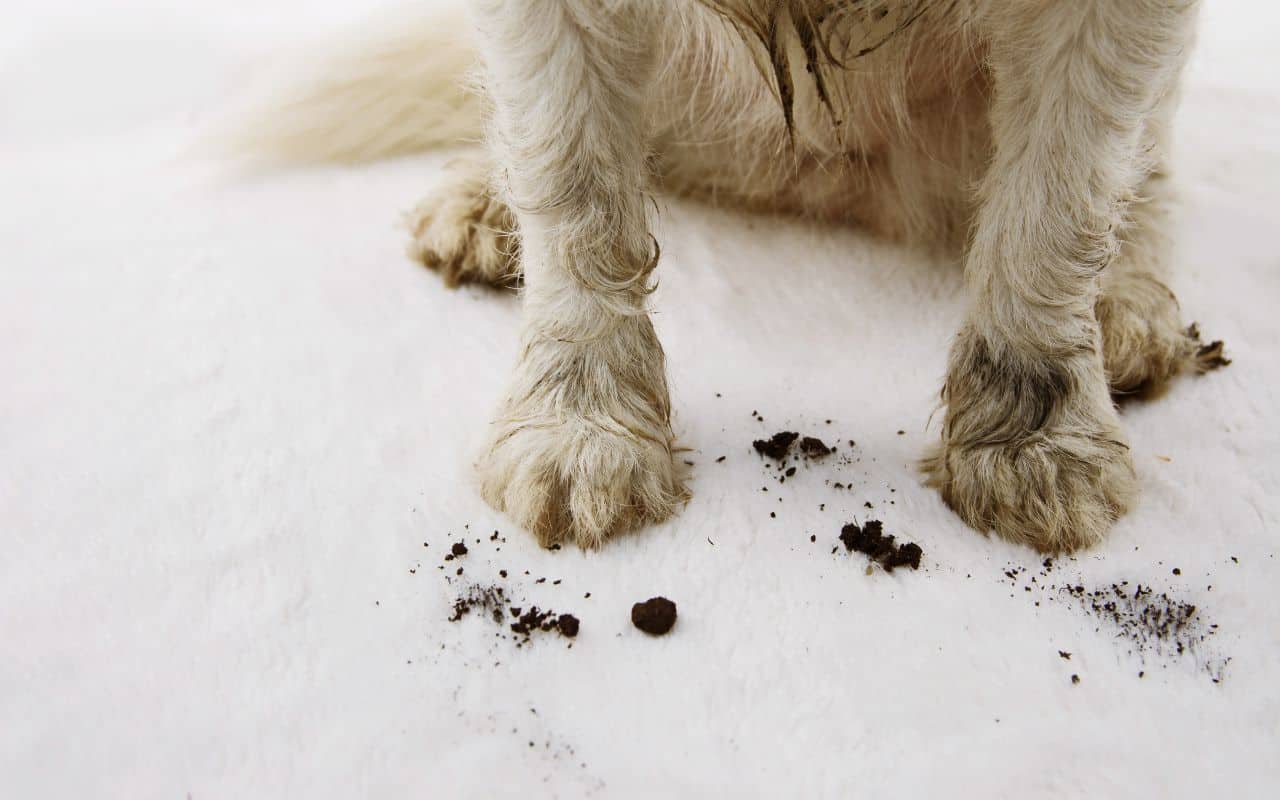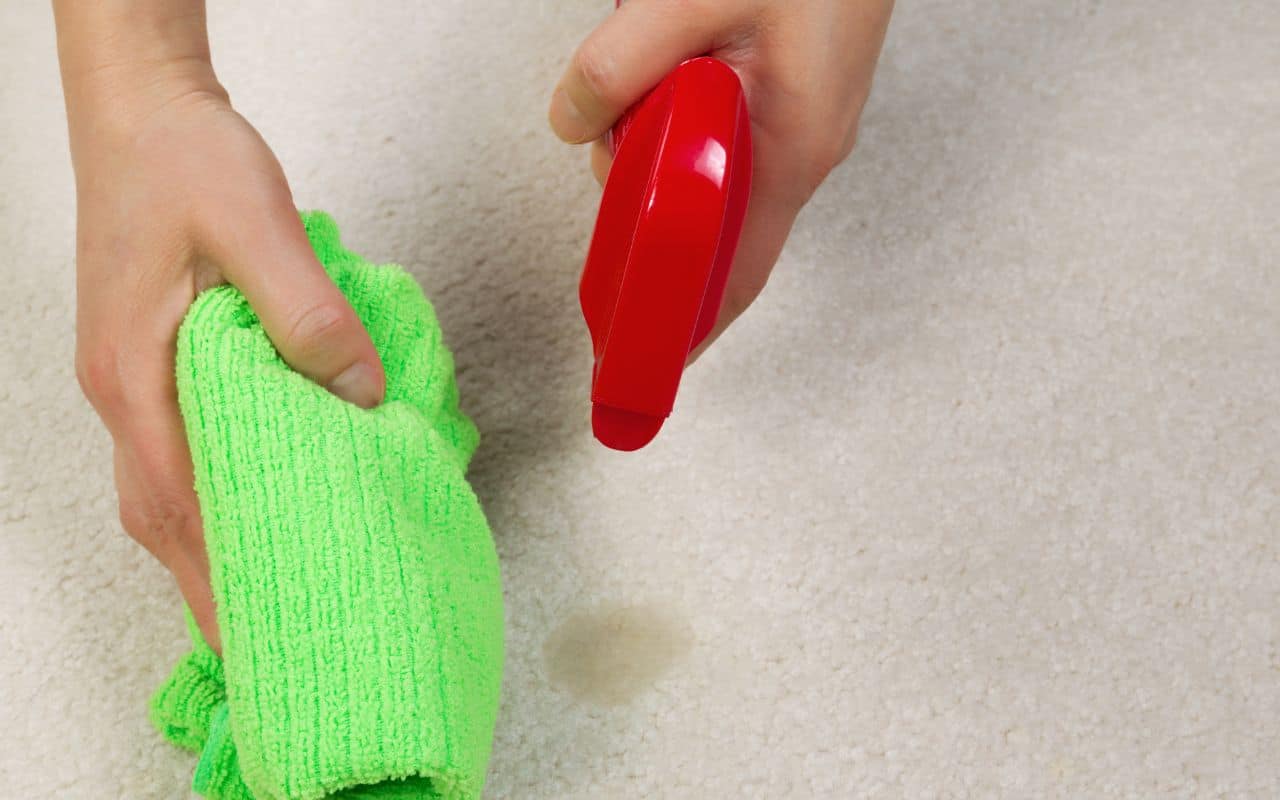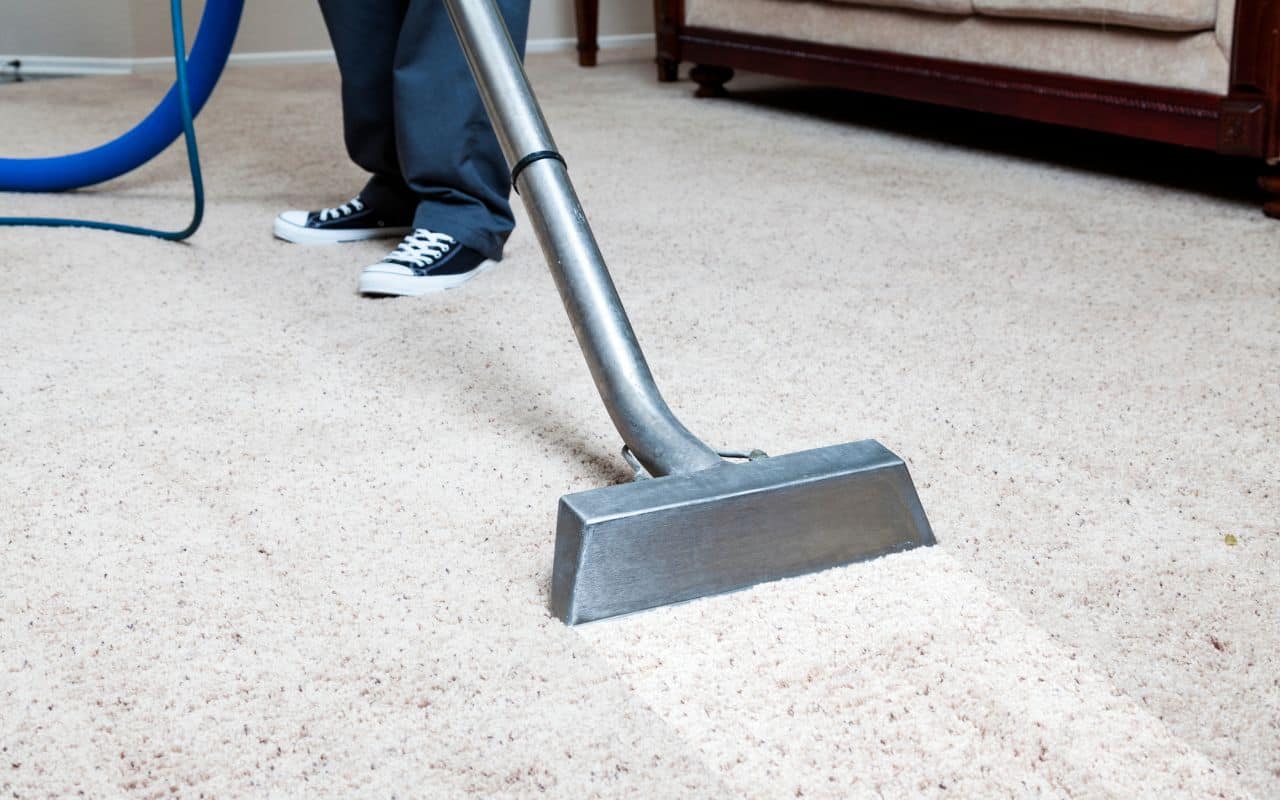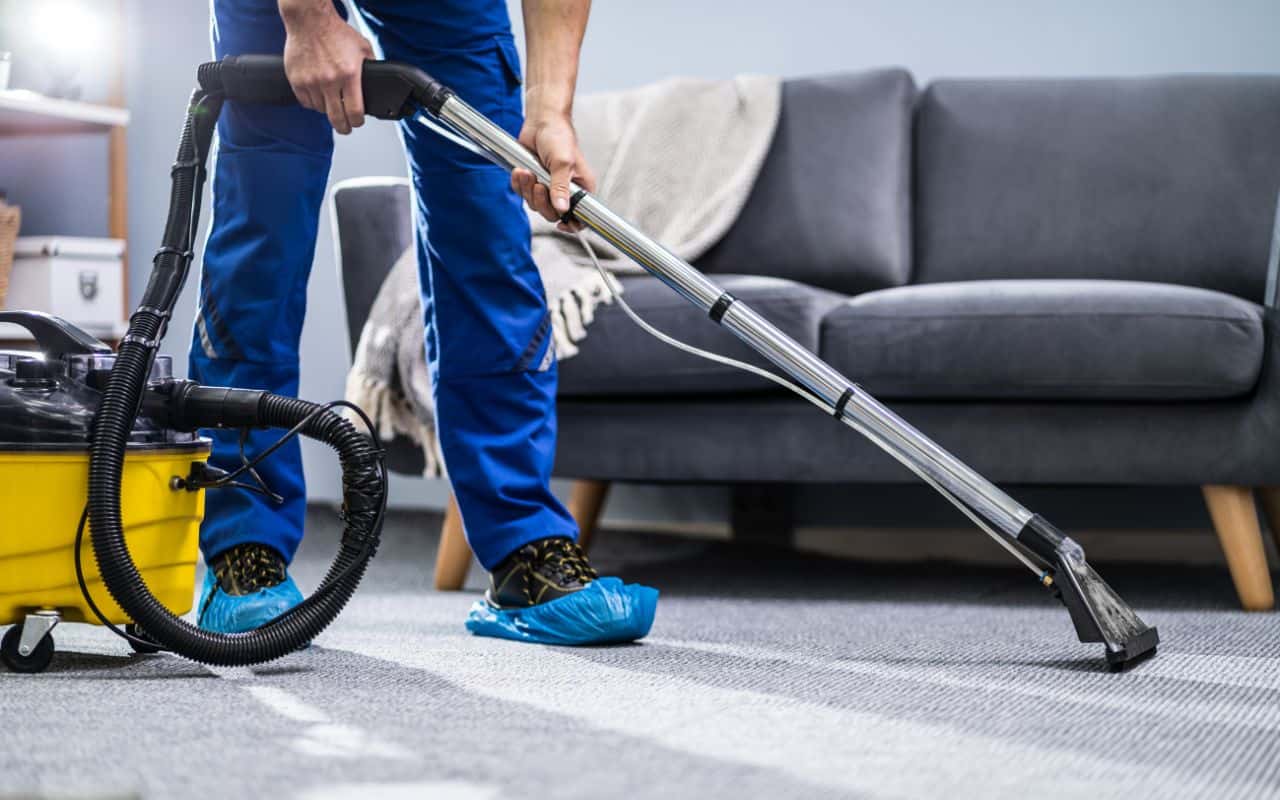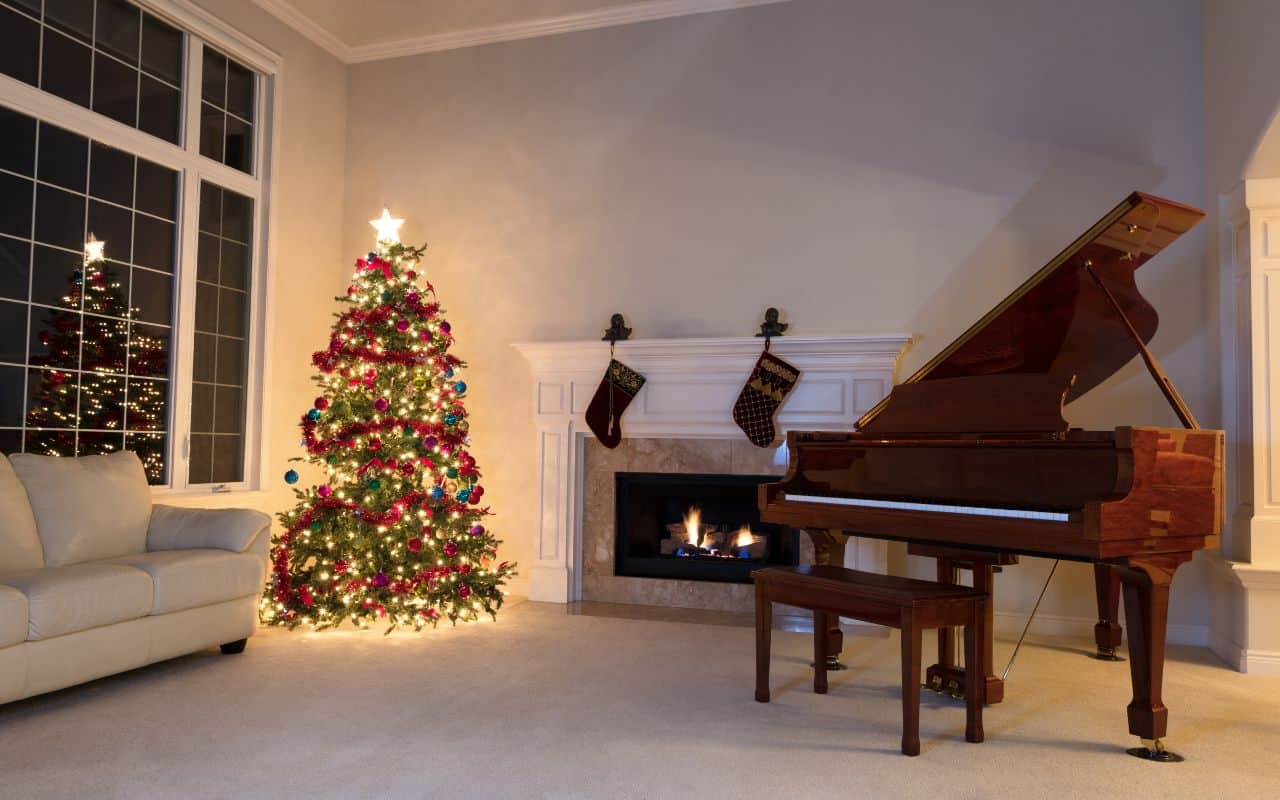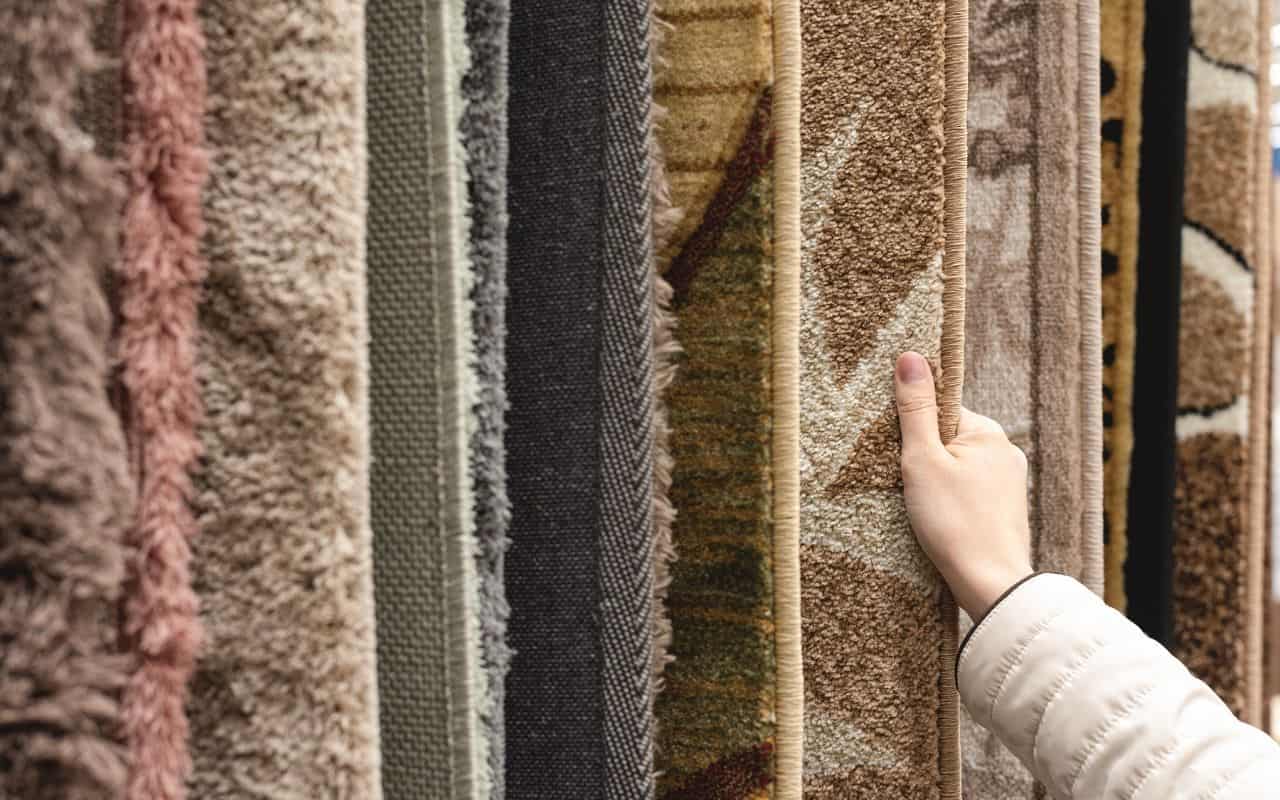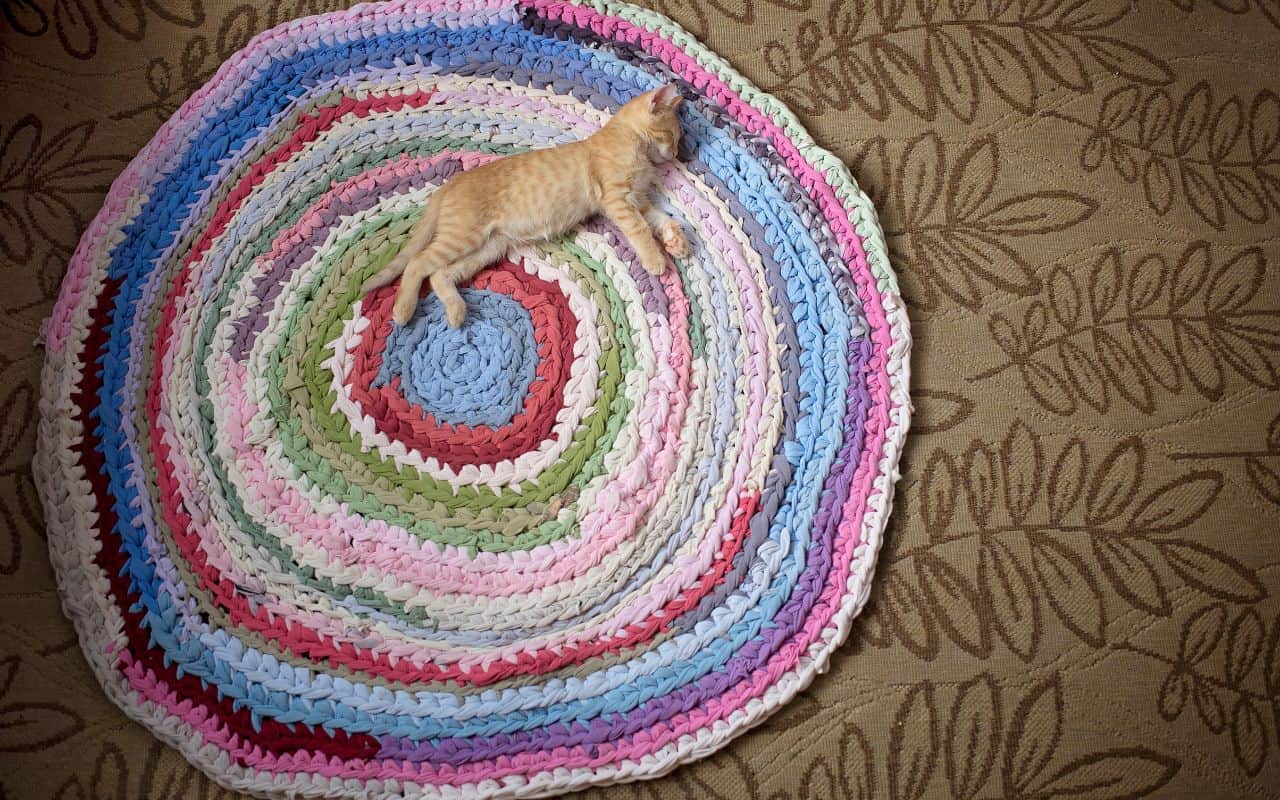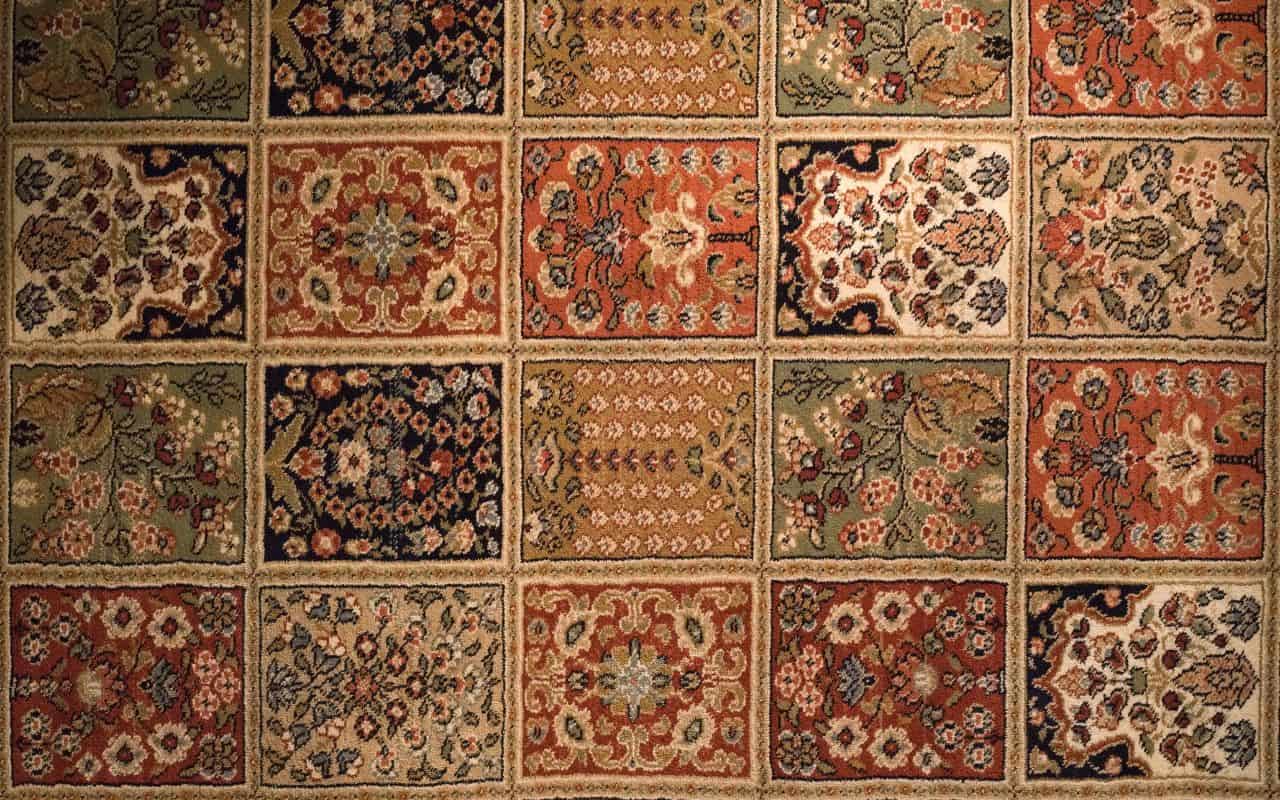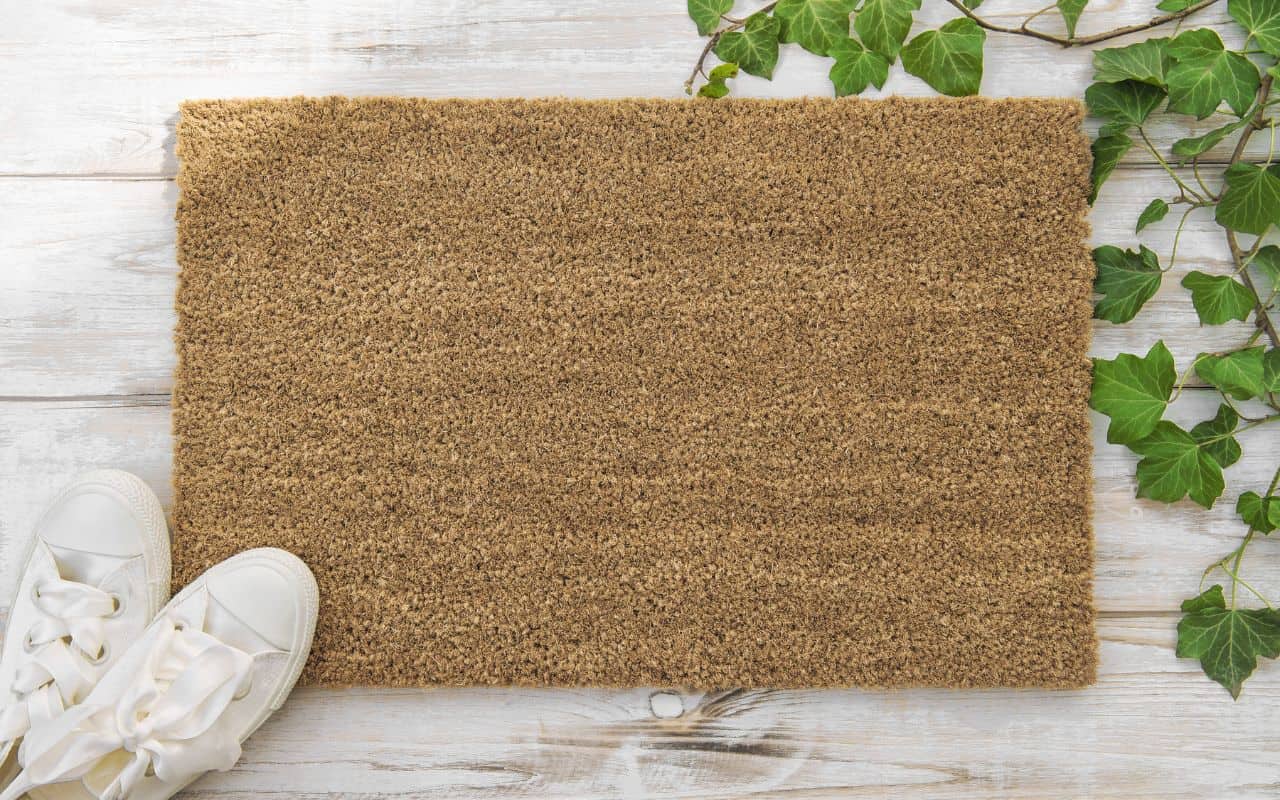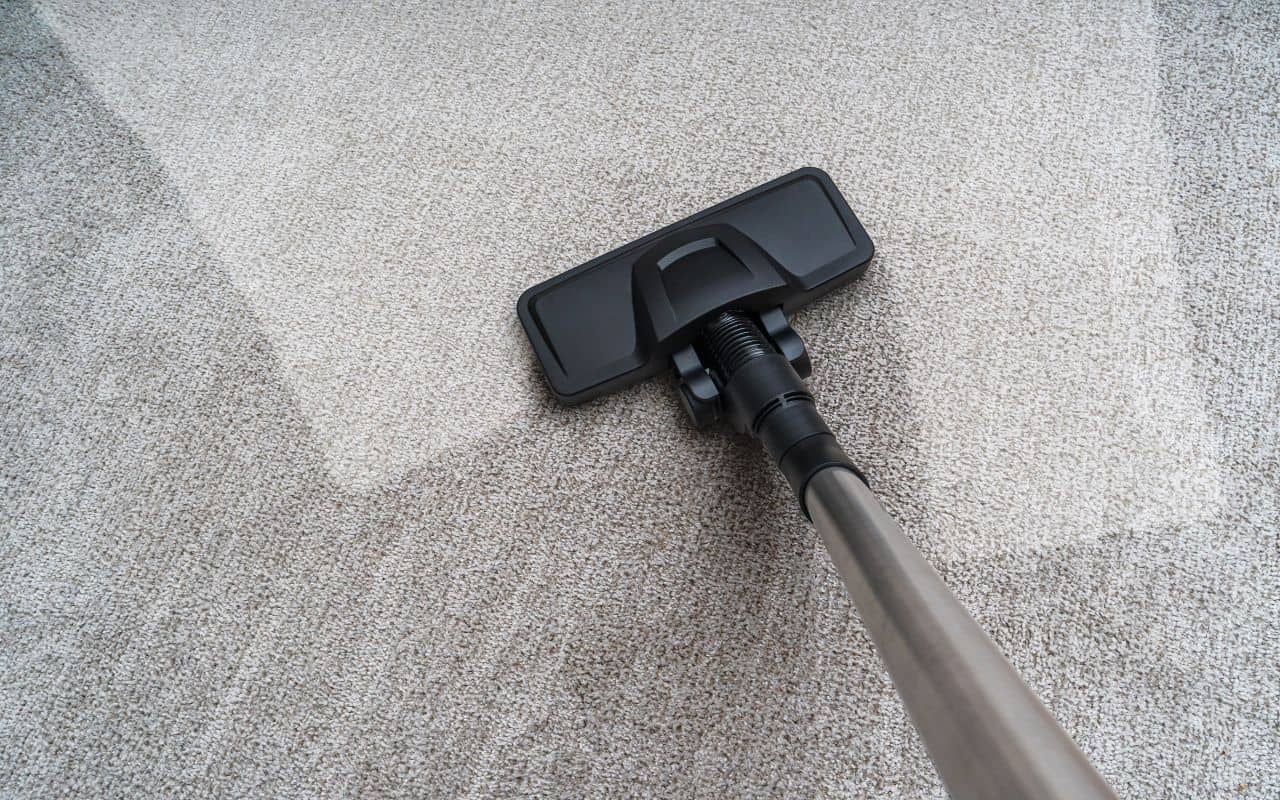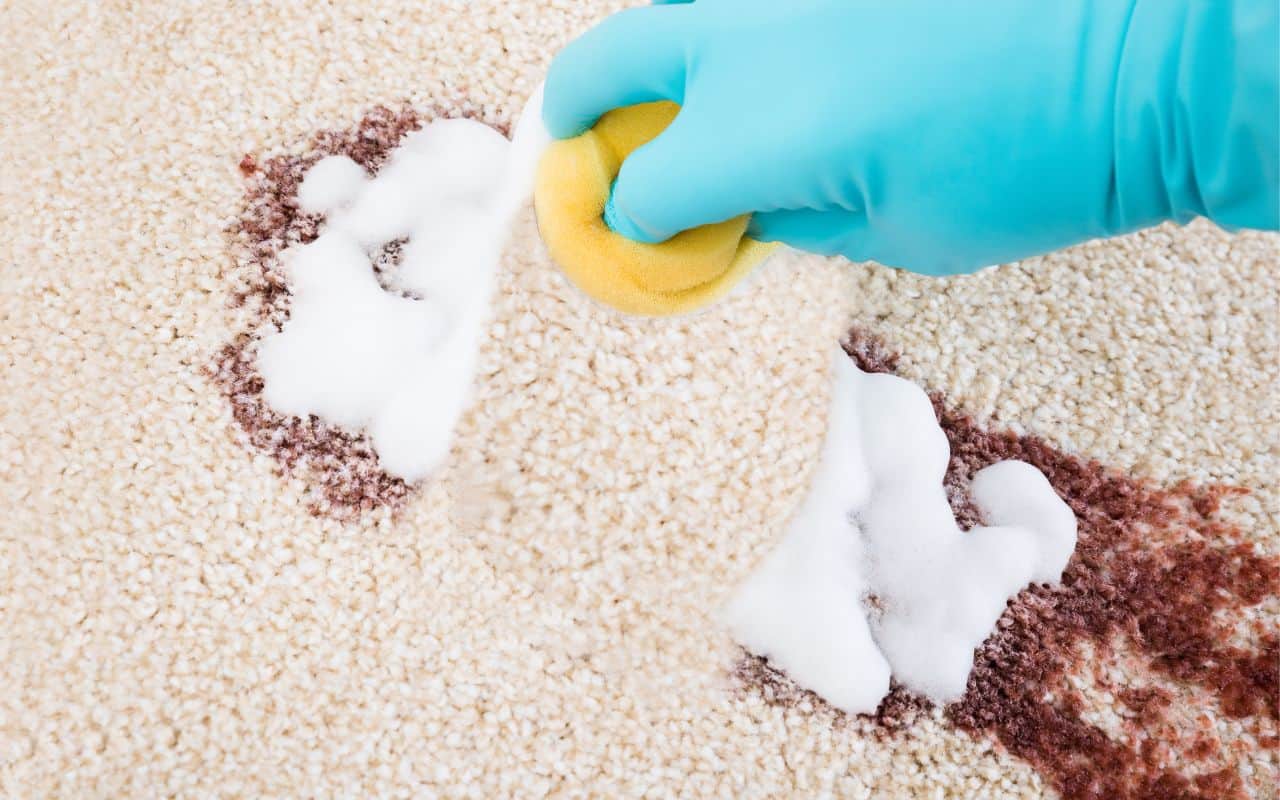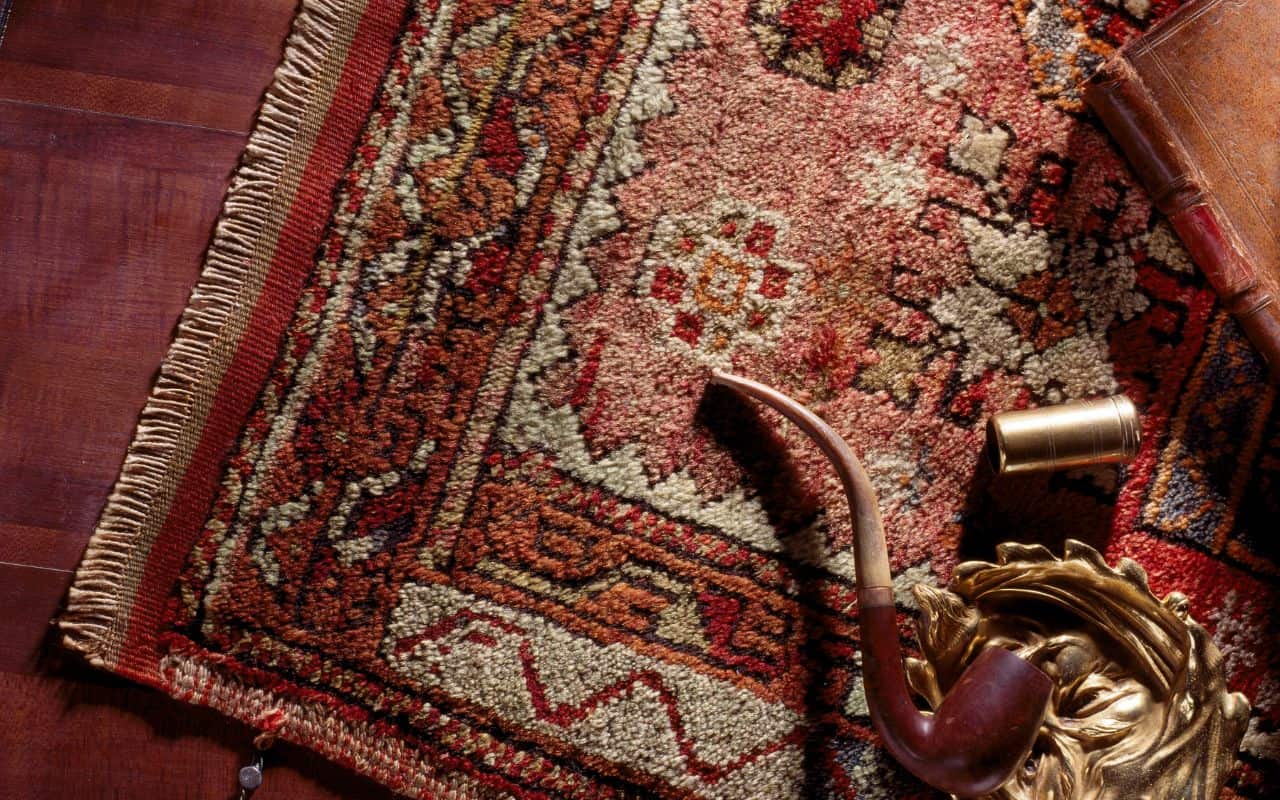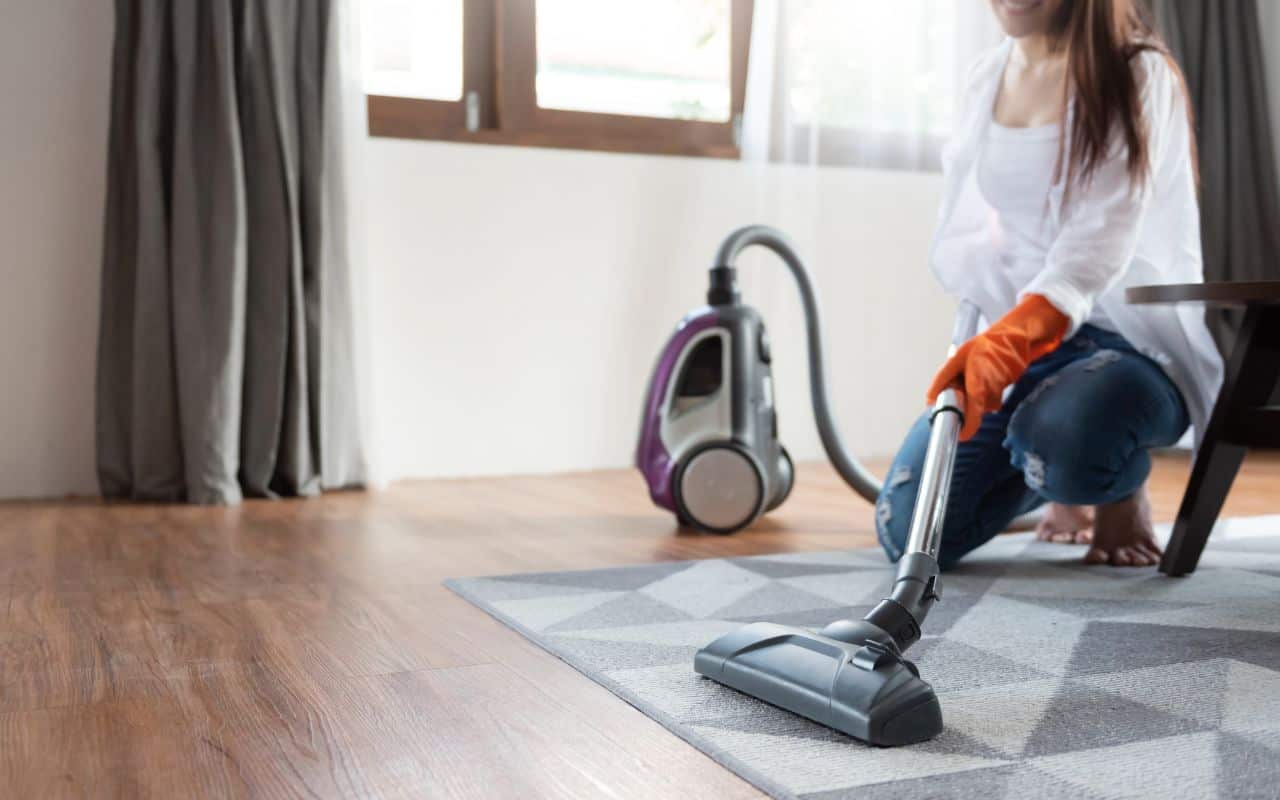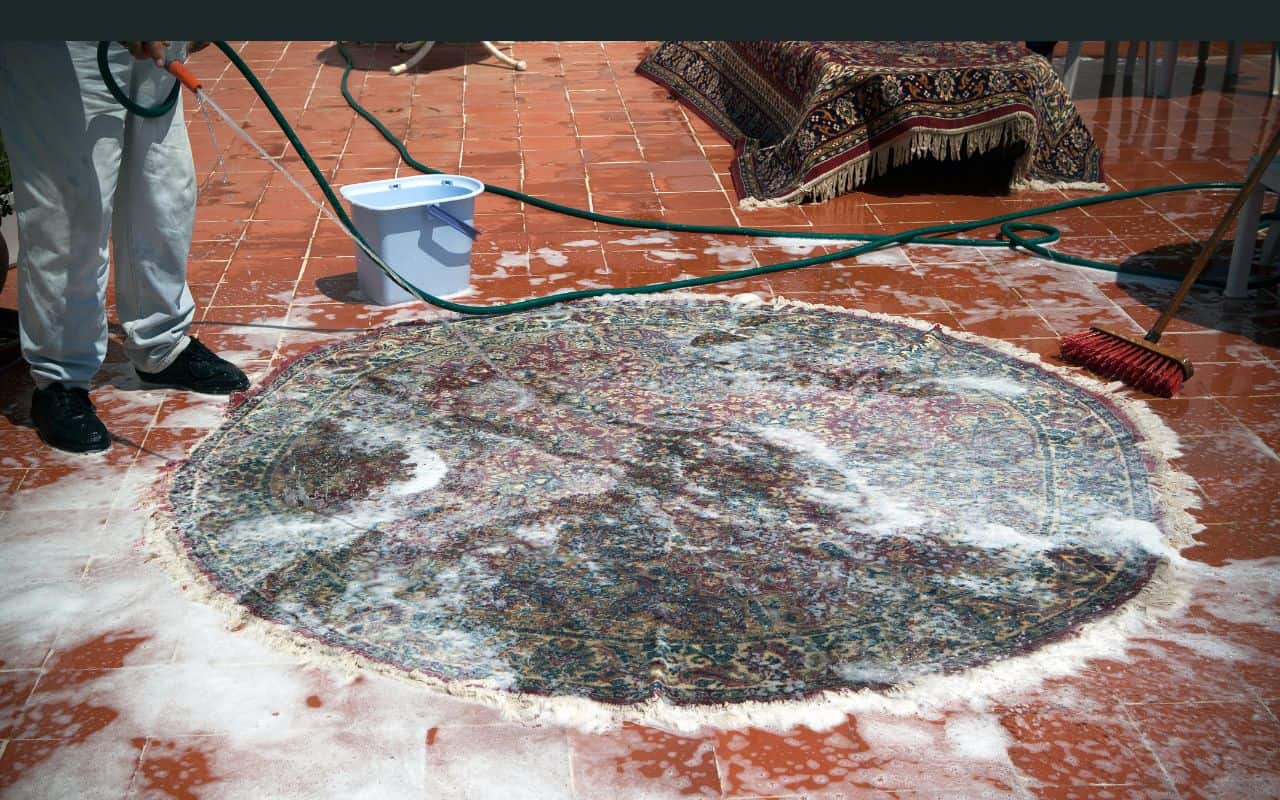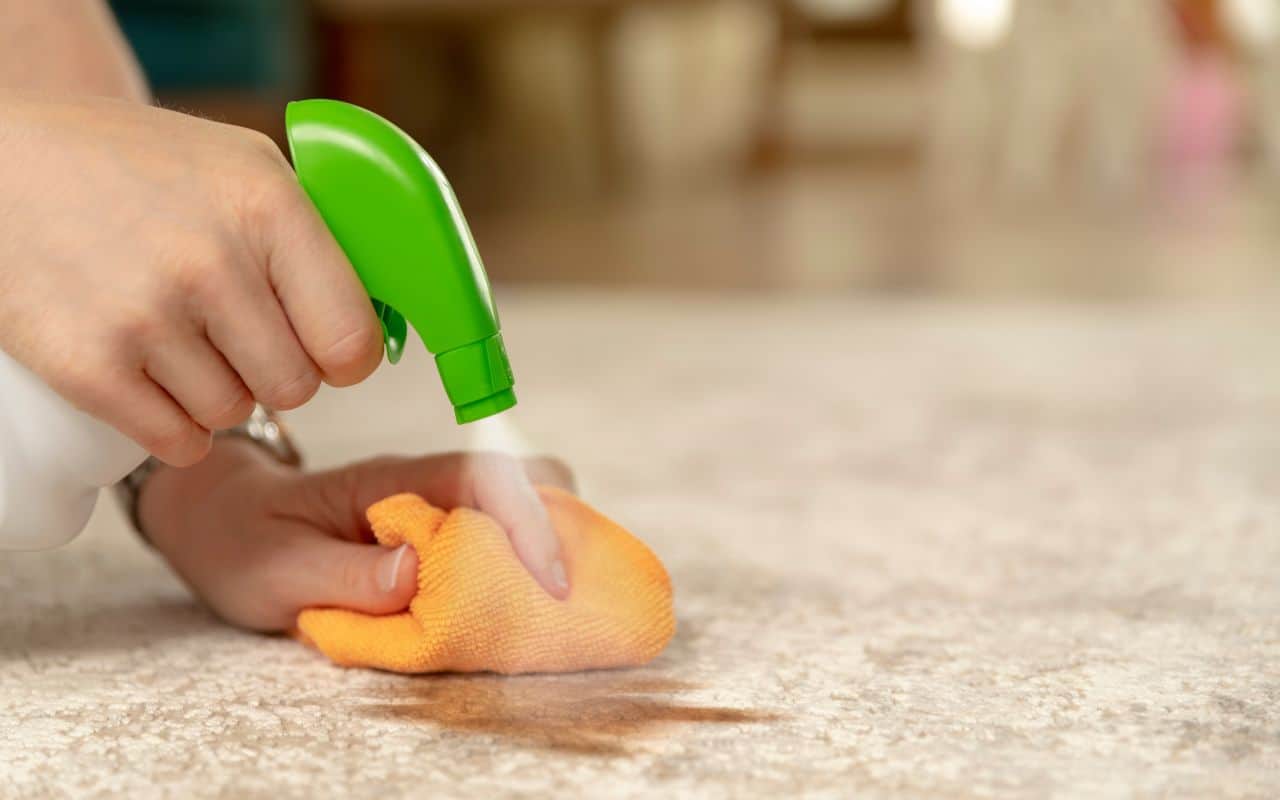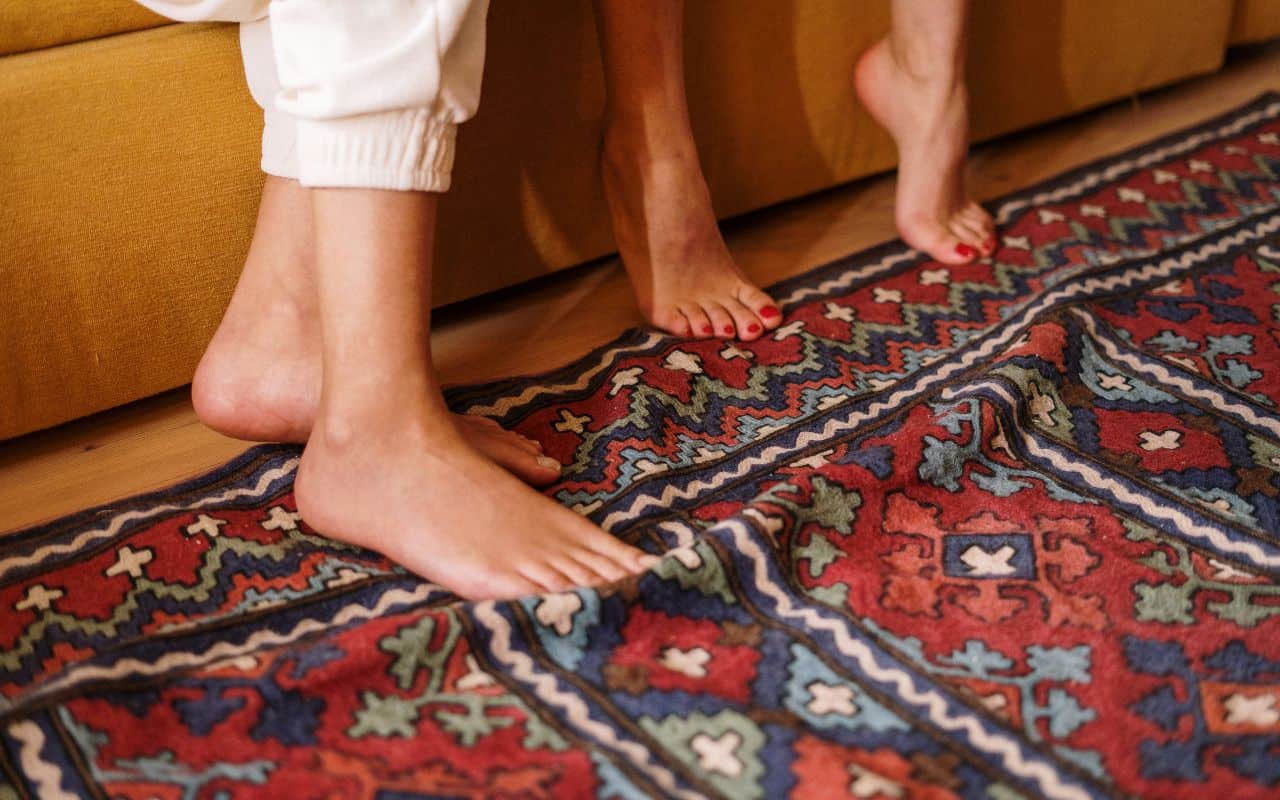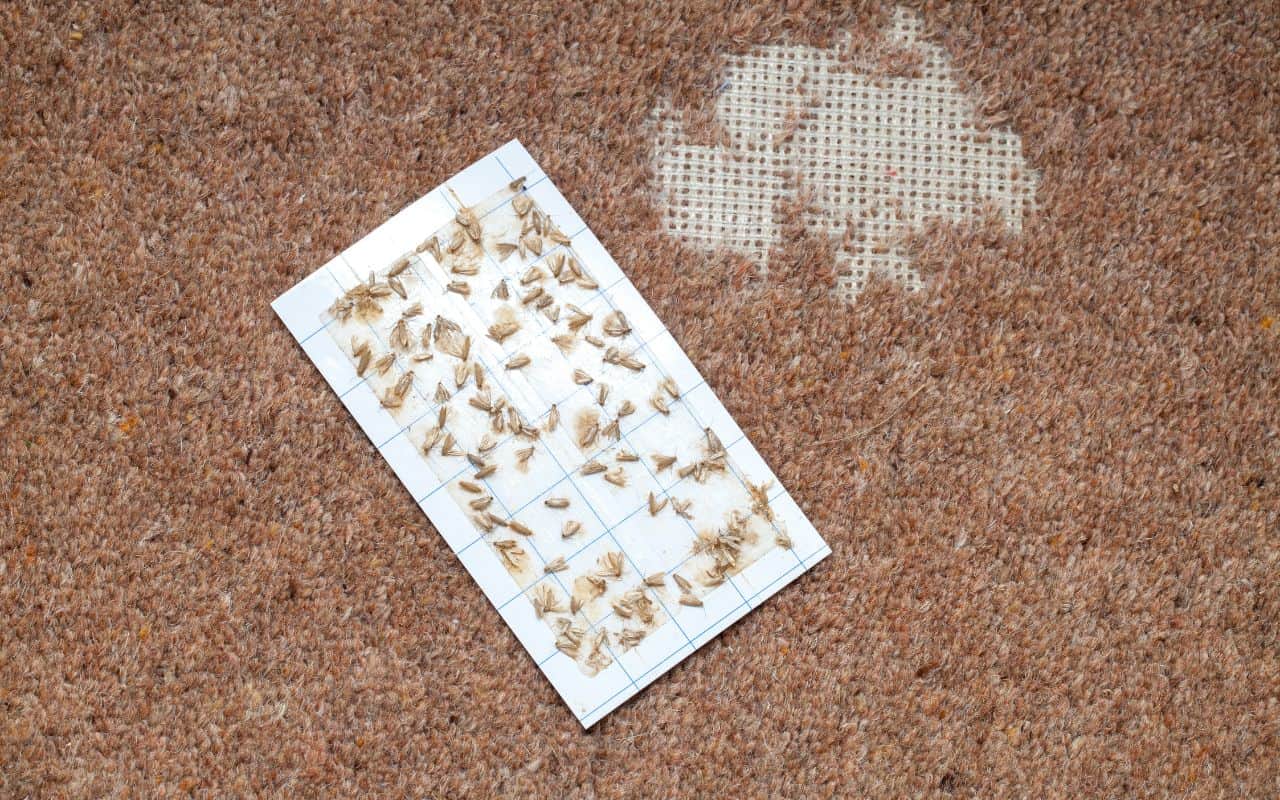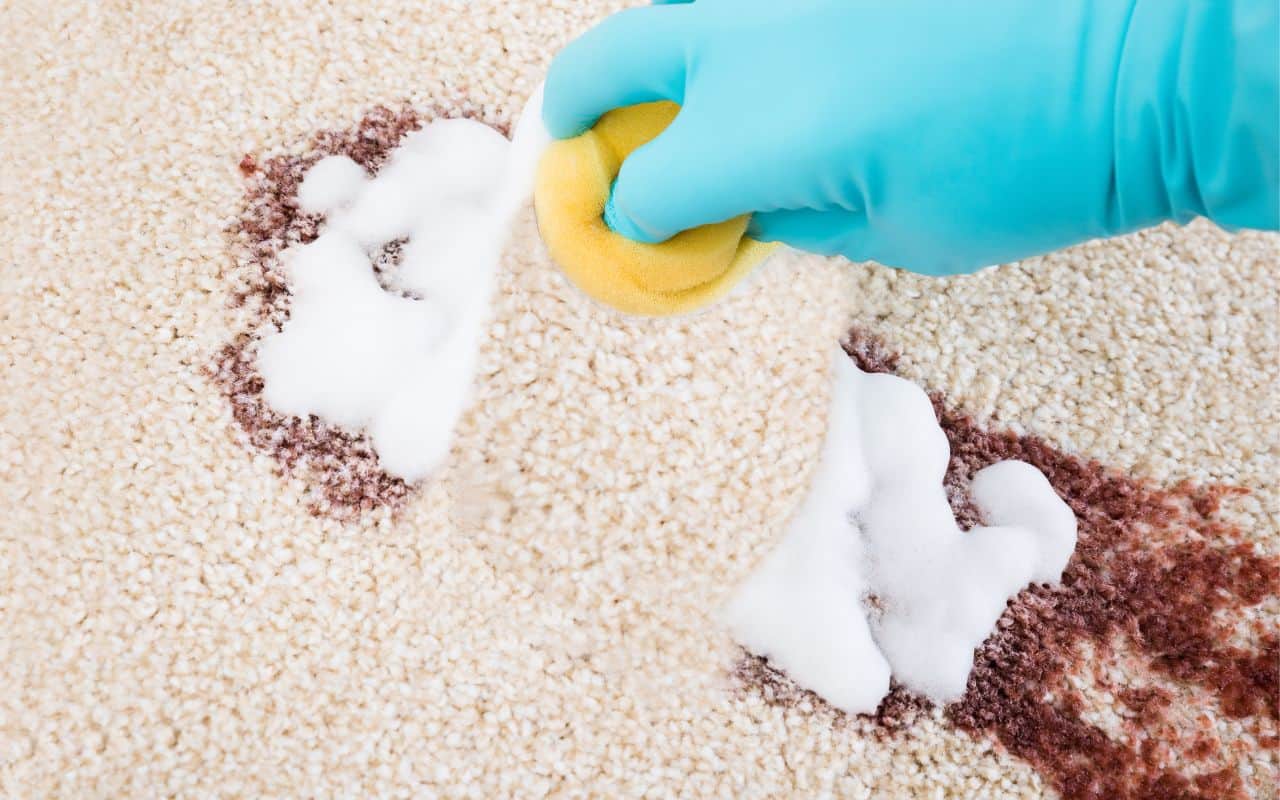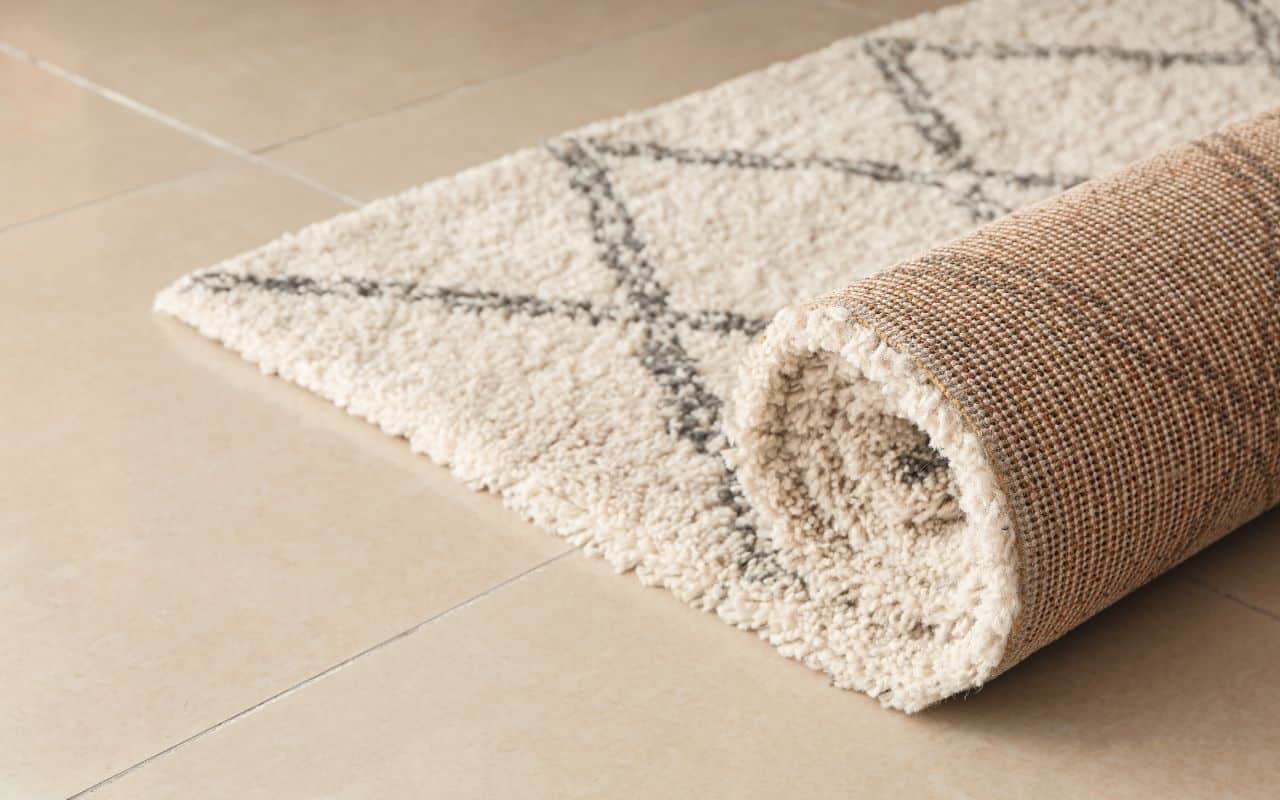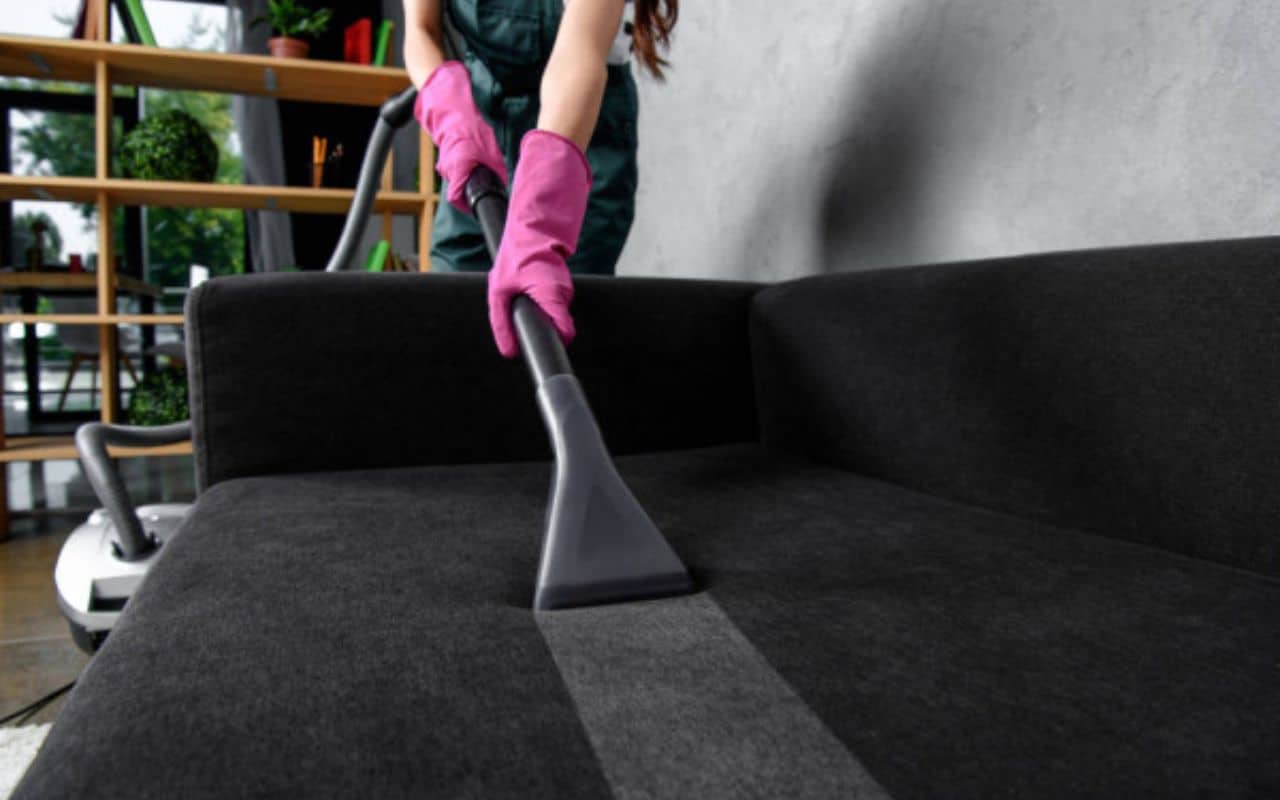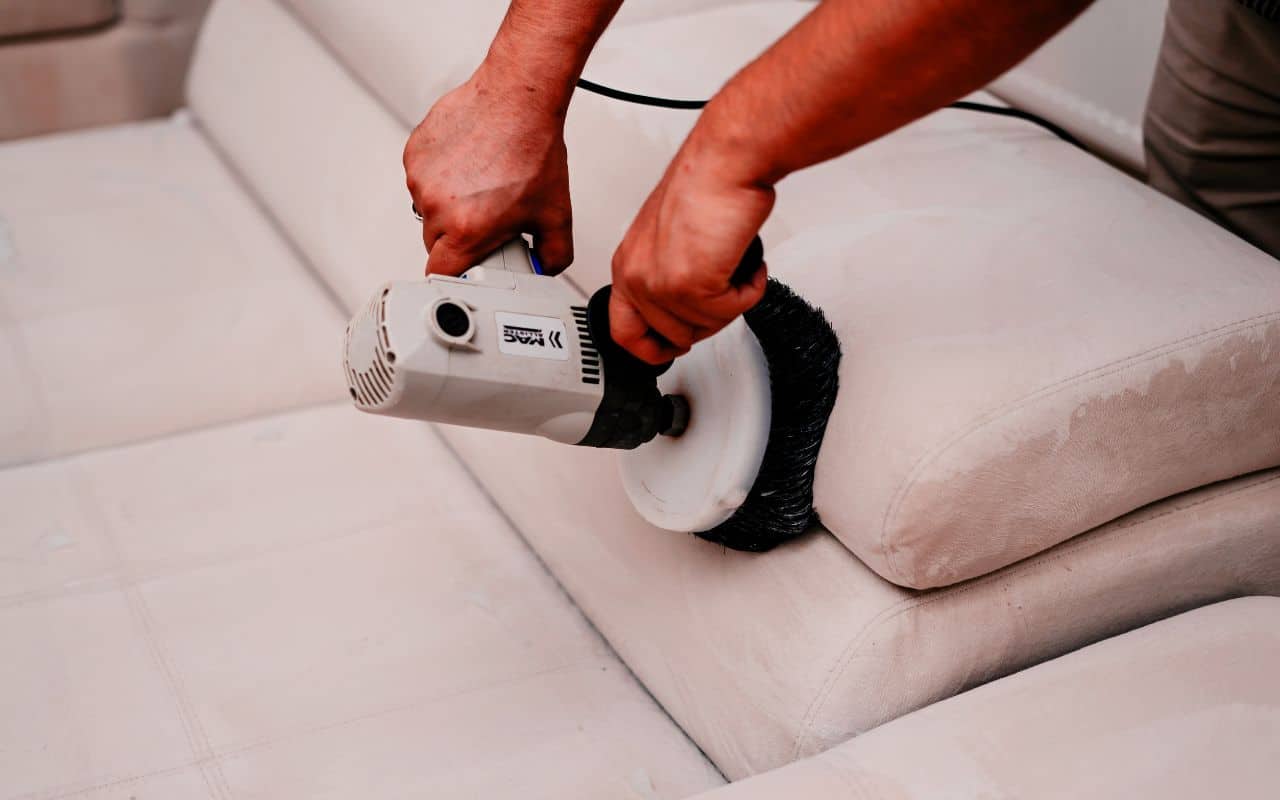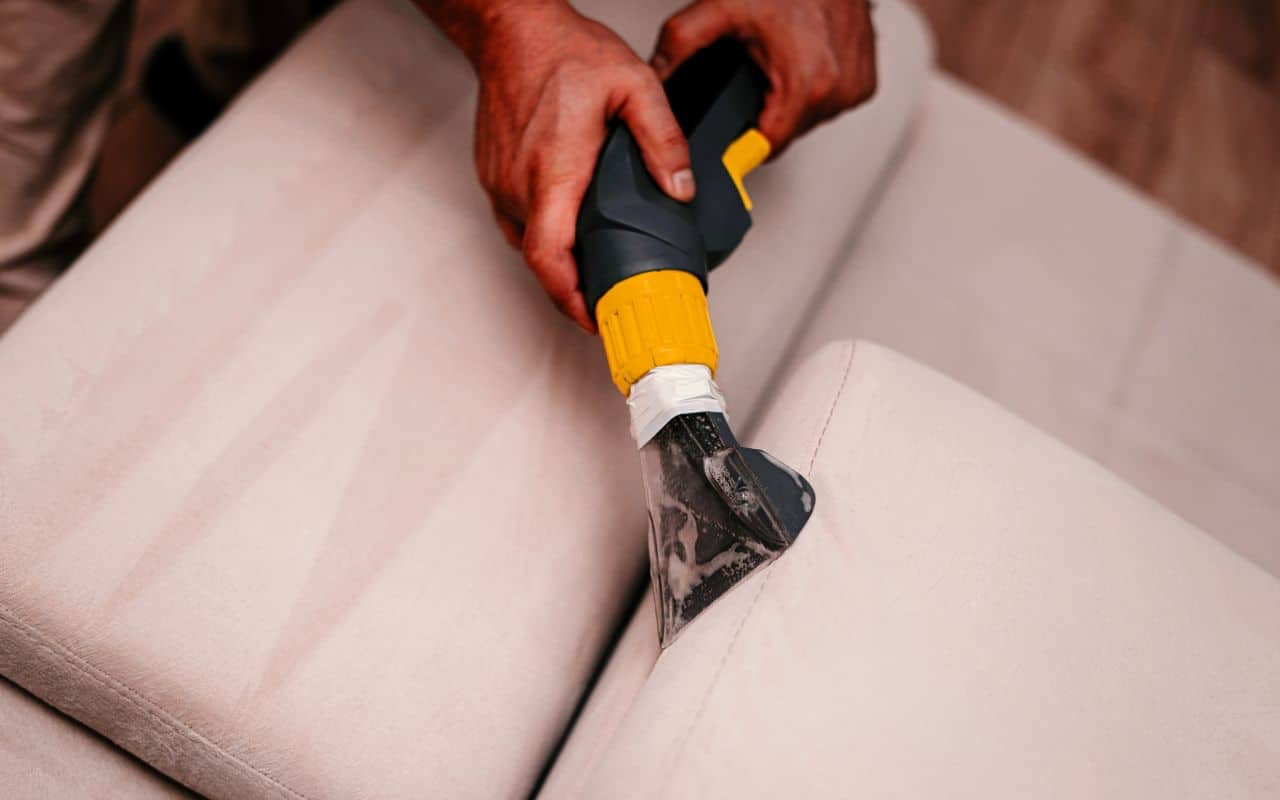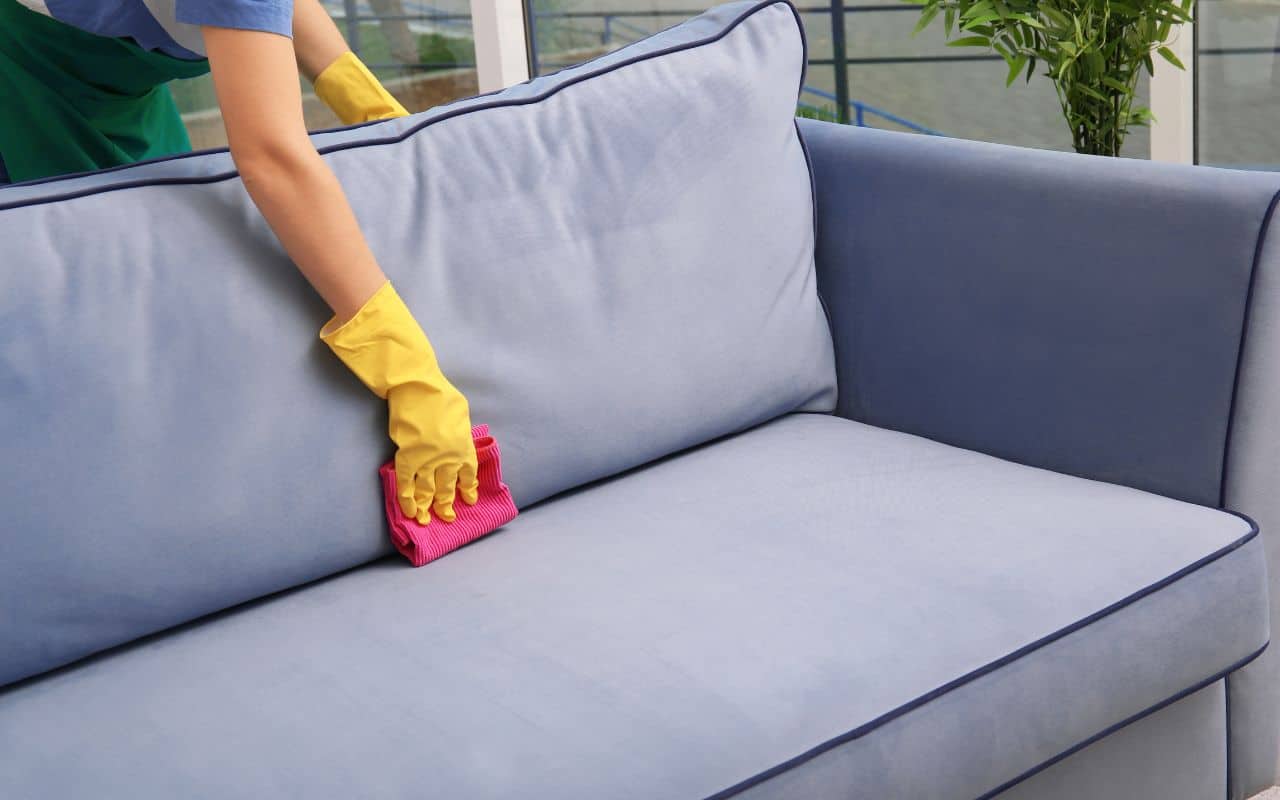Add your feed to SetSticker.com! Promote your sites and attract more customers. It costs only 100 EUROS per YEAR.
Pleasant surprises on every page! Discover new articles, displayed randomly throughout the site. Interesting content, always a click away
Appleby Cleaning
Cleaning Fine East Bay Homes Since 1955Stone Restoration, and Why Do You Need It? 29 Nov 2024, 10:32 am
Natural stone is a stunning addition to any property, but maintaining its beauty requires care and expertise. Over time, exposure to dirt, spills, and improper cleaning techniques can cause scratches, stains, and dullness. Stone restoration is a multi-step process that involves cleaning, polishing, and sealing to bring back the natural luster of your stone surfaces.
Key Stone Types We Restore:
- Marble: Known for its elegance, marble can easily etch and stain. We provide specialized polishing and sealing to maintain its luxurious appearance.
- Granite: Highly durable but prone to dulling, we restore granite’s shine while ensuring long-term protection.
- Travertine: This porous stone requires regular deep clean andsealing; our services ensure its beauty and resilience.
- Quartzite: Much like granite, quartzite needs regular sealing to ensure grease, dirt and grime doesn’t damage stone’s natural beauty.
Common Issues Resolved by Stone Restoration:
-
- Surface scratches and scuffs
- Stubborn stains and etching
- Loss of shine and luster
- Cracks and chips
Backed by 70 years of experience, Applebyuses industry-leading tools and techniques to provide unmatched stone restoration services in Danville, CA, and neighboring areas.
What To Do If Your Carpet Smells Musty 27 Mar 2023, 5:42 pm
If you notice a musty smell in your home, it’s important to do a little sniff test to determine where it’s coming from. Not only is the musty smell unpleasant, but when caused by mold, it puts your family’s health at risk. Here we explain what to do if your carpet smells musty.
What Causes Carpets To Smell Musty?
Musty smells are caused by dampness. They can be related to mildew, the damp itself, or in the worst-case scenario, mold. Although there are other things that can cause mustiness, such as a lack of ventilation, high humidity, or something you brought into the home, you still want to eliminate the source before the smell spreads.
Dampness can result from excessive humidity, a slow leak, condensation, or wet areas that have never had a chance to dry out properly. If you find a musty smell coming from your carpet, act fast to find out why.
What Are The Health Hazards Of Musty-Smelling Carpet?
Damp carpeting is a prime spot for mold growth as it provides the moisture and oxygen needed for mold to grow and feed. Because the mold is often unseen, it can continue to produce mold spores and spread. When mold spores are released, they contaminate the air your family breathes at home. Also, if you have wall-to-wall carpeting, the mold can spread very quickly.
Why Is Mold Dangerous?
Mold is an allergen that can contain a toxic substance called mycotoxins. When touched or inhaled, toxic mold can cause the following health issues:
- Sneezing
- Runny nose
- Throat irritation
- Red eyes
- Skin rash
- Increased asthma attacks in those with asthma
Prolonged exposure to mold causes health issues to become more severe, including:
- Increased upper and lower respiratory symptoms
- Chronic illness such as nasal infections (sinusitis)
- Fatigue
- Damage to organs
- Legionnaire’s disease
- Development of mold allergy or asthma, especially in children
What To Do If Your Carpet Smells Musty
Because mold is not always located on the surface of the carpet, it is important to do a sniff test to try to find it. If you have a strong-smelling musty carpet, but don’t see signs of mold, pull the carpet up to look for mold lying below. Other signs to look for include:
- Wet or damp carpeting
- Discoloration or visible mold or mildew growth
- Wetness below the carpet, such as the flooring or underpadding
If your carpet does appear discolored with visible mold growth, the carpet should be safely removed by mold specialists right away. In severe cases, parts of the “substrate” below the carpet will have to be replaced, as well as contaminated drywall and floorboards.
How To Get Rid Of Musty Smell In Carpet
There are a few things you can do to get rid of the musty smell in carpet, including:
- Remove wetness and dry the moisture: It takes a professional-grade carpet cleaner to remove wetness in a carpet. If you get to it soon enough, you might be able to salvage the carpet. After the water extraction, professional-grade fans are often required to help speed up the drying process and help dehumidify the room.
- Remove debris: Sometimes, after you arrange to have the carpets professionally dried, the musty smell can still cling to debris in the carpet. Once the carpet is 100% dry, you can use your vacuum and a carpet deodorizer to help refresh the carpet fibers.
- Vinegar and water: If you are sensitive to strong-smelling carpet deodorizers, you can mix one cup of white vinegar with two cups of warm water in a spray bottle and “mist” (not saturate) the carpet with the mixture. Let it dry and it may remove the musty smell.
- Baking soda: Baking soda is another great natural odor remover. You can use it once the vinegar spray is completely dry if you find the smell is still there. Sprinkle the baking soda on the carpet and let it sit for at least two hours or preferably overnight, and then vacuum up the residue.
- Hydrogen peroxide: If the vinegar and baking soda still doesn’t work, your last DIY trick is to mix one part hydrogen peroxide with five parts water in a spray bottle. Follow the same steps as you did with the vinegar to kill mold spores and deodorize the carpet.
- Professional steam cleaning: The easiest way to get rid of musty carpet smells is to call in professional steam cleaners. They use the right cleaning equipment to help remove moisture, kill mold spores, and refresh your carpet without using harmful chemicals.
How To Prevent Musty Smells In Carpet
There are several ways you can prevent musty smells in your carpet, including:
- Fix leaks right away: If you hear dripping or know you have leaks, find the source so you can fix leaks before the moisture causes damage.
- Protect crawlspaces: Cover exposed dirt in your crawlspace with plastic to prevent moisture from seeping into your home. Also, ensure your crawlspace is well-ventilated.
- Exhaust fans: Bathrooms, kitchens, and laundry rooms require exhaust fans to reduce moisture in the home.
- Reduce humidifier use: If you notice moisture on walls or windows, reduce the use of humidifiers.
- Use dehumidifiers/ACs: When it’s hot and humid, either run your air conditioner or invest in a dehumidifier to keep moisture from creating mold growth.
- Concrete floors: Ensure you have the proper vapor barriers and sub-flooring when laying carpet on concrete floors.
When To Call In The Professionals For Musty Carpets
If you identify the culprit behind your carpet odors as possible mold growth, the carpet, underpadding, and other materials contaminated by mold must be removed. However, mold is dangerous and should only be handled by remedial mold removal experts. Otherwise, you risk spreading the spores throughout your home. If it does not appear the musty smell is caused by mold, you can call in carpet cleaning professionals to tackle the job. If they discover mold, they will let you know and can recommend what steps to take next.
Contact us today at 510-351-5230 or click here.
Should I Use A Wet Vacuum Or A Dry Vacuum On My Carpets And Rugs? 27 Mar 2023, 5:04 pm
Proper care for your carpets makes a world of difference in maintaining their appearance, reducing common household odors, and removing allergens. As a result, you might wonder if investing in a wet vacuum will improve your carpet cleaning prowess or whether your good old dependable dry vacuum is fine. If you’ve ever asked, ‘Should I use a wet vacuum or a dry vacuum?’, here we compare the wet vacuum vs. dry vacuum to help you decide which is the wiser investment for your home.
Wet Vacuum vs. Dry Vacuum
First, let’s look at the differences between a wet vacuum versus a dry vacuum:
Wet Vacuuming Carpets
Wet vacuum cleaners suck up wet messes from major spills like a bottle of wine, a jug of water, or something thicker such as a pot of spaghetti sauce. Wet vacs are designed to manage liquids and debris with a special motor and waterproof container to hold the liquids as you work. A wet vacuum is designed specifically for use on carpets and rugs, with some models appropriate for upholstery. However, they can’t be used on other flooring surfaces in your home.
Pros of wet vacuums:
- Designed to suck up liquid even when mixed with some solids
- Container is designed to hold liquids safely
- Most also work as a carpet cleaner to remove stains and heavily soiled areas
Cons of wet vacuums:
- More cumbersome to carry around due to the weight
- Container and parts can produce odors when not maintained properly
- More complicated to maintain due to the above issue
- Not practical when looking for a day-to-day vacuum
- Designed for carpets and rugs, so not suitable for your hard floors
- Not as effective as a professional steam cleaner for large areas
Dry Vacuuming Carpets
A dry vacuum cleaner is designed to suck up dry debris and will get damaged if used to suck up liquids. A dry vacuum can also be used on harder surfaces and furniture. Dry vacuums come in various models and attachment choices, most of which offer a filtering system to manage irritants in the air.
Pros of dry vacuums:
- Comes in many designs with various attachments to suit your needs
- Picks up dust, debris, germs, and other hard-to-clean dry smaller particles
- Most models use a filtration system designed to improve air quality
- Great for everyday use on all flooring surfaces
- Helps maintain the appearance of your carpets and rugs
- Easy to maneuver
Cons of dry vacuums:
- Cannot manage even small amounts of liquid or dampness as it will damage the components
Is Wet Vacuum Better Than Dry Vacuum For Carpets?
Not really. Wet vacuums definitely come in handy for the odd spill or wet mess, but overall your dry vacuum is a far more practical tool for your day-to-day cleanups. You can manage the debris that damages not only the fibers of your carpets and rugs over time but also the particles that get into the air, aggravating allergy symptoms and making you sick. As a bonus, your dry vacuum can be used on all floor types.
Wet/Dry Vac vs. Vacuum Cleaner
There is one more option you can consider when choosing a vacuum cleaner for your home: The wet/dry vacuum. These vacuums have two chambers to store debris, allowing you to “flip a switch” based on the type of cleanup you tackle. Some models use a special tube that decreases airflow to separate debris based on weight. They send heavier liquids into one chamber and lighter-weight dry debris into the other.
Pros of wet/dry vacuums:
- Can handle all floor types
- Can manage all surfaces, including carpets, rugs, hard floors, and upholstered furniture (for some models)
- Can manage wet and dry cleanups
- Can be used for stain removal in carpets and rugs
Cons of wet/dry vacuums:
- Heavy and bulky, making it awkward for day-to-day use
- Not as good at cleaning stains as a wet vacuum
- Poor filtration for dry, dusty cleanups
Is The Wet/Dry Vacuum Best For My Home?
The wet/dry vac is really intended for “industrial” use. However, it is also common for households with workshops or undergoing DIY renovation projects. Otherwise, it really isn’t practical.
Should I Use A Wet Vacuum Or A Dry Vacuum On My Carpets And Rugs?
A wet vacuum is only used when the spill is damp or a liquid, whether thick like a sauce or watery like soda or wine. As mentioned, your basic dry vacuum is not designed to manage wet messes and will be damaged by even a bit of moisture. On the other hand, wet vacuums are ideal for specific wet messes, soil removal, and, most importantly, those hard-to-manage, stinky pet messes.
What Is The Difference Between Professional Steam Cleaning Vs. Wet Vacs?
The household wet vacuum isn’t as efficient as a professional-grade steam cleaning. As a result, when using a household wet vac, it’s difficult to suck up all the excess moisture and residue. That puts the wood and materials beneath your carpeting at risk of mold and mildew because they won’t dry properly. Your wet vac can also be used to remove spills on upholstered furniture quickly, but you want to make sure the specific model is designed for this. Otherwise, the furniture won’t dry properly. The wet vac can do more harm than good if excess water is not removed.
Steam cleaning doesn’t depend on substances and liquids to clean, leaving little to no residue on carpet fibers. As a result, it is ideal for removing built-up dirt from carpet and upholstery fibers, odors, mold, allergens, and oily residue spread from skin and pet paws.
Wet Vacuum Vs. Dry Vacuum Vs. Steam Carpet Cleaner
Overall, your day-to-day needs are handled well with a dry vacuum which will reduce debris and dirt that discolors and damages your carpets while reducing allergens and irritants in the air. If you have a pet, or even kids where spills are riskier, you can also invest in a portable wet vacuum to manage those messes. However, if you want a deep-down carpet cleaning, we would leave those jobs to the professionals to avoid issues with dampness, mold, and mildew beneath the rug.
Another important point is that the wet vacuums designed for household use are only suitable for some areas of carpeting. Instead, they are ideal for homes with pets as they can quickly clean up small patches of carpet to remove odors and reduce the risk of stains.
If your budget can take it, you can invest in a portable wet vacuum for quick spills and cleanups and a good quality dry vacuum to manage your daily cleaning. In addition, you can schedule professional steam cleaning annually, especially if you smoke, have allergies, or have pets.
Contact us today at 510-351-5230 or click here.
What’s The Difference Between Persian Rugs And Oriental Rugs? 16 Feb 2023, 3:55 am
Those who are interested in choosing a high-quality rug for their home, or who know they have a high-quality rug and are interested in maintaining it, will stumble upon two terms when they do some research: Persian rugs and Oriental rugs. Both terms might make you think of unusual, high-quality textiles made by hand by artists from faraway places.
And you’d be right. But knowing the difference between these two terms and how they reflect rug quality is important. Armed with knowledge, you can make the right decisions to purchase a rug you’ll be happy with, and then can clean it in the best way possible in order to maintain its quality for years. Below, we offer the knowledge you need to understand these rug quality terms.
What’s The Difference Between Persian Rugs And Oriental Rugs?
Both terms, ‘Persian rug’ and ‘Oriental rug’ may be synonymous with “high-quality” rug in your mind. However, there are varying levels of quality for both rug types. First, you need to understand the difference between persian and oriental rugs. Oriental rugs are any rug made in places which may have been once called the Orient, which use one of two knotting techniques.
The Orient, while now a term people rarely hear, once meant the eastern half of the Roman Empire (after its dissolution). The term then expanded to mean anything east of Europe. There is a significant overlap between the Orient and the Middle East or Southeast Asia, as well as with the rest of Asia. Which countries belong in any of these areas can be controversial. However, the modern-day names for the places once considered to be in the Orient include:
- Iran
- Morocco
- Afghanistan
- Turkey
- Israel
- Egypt
- Iraq
- Armenia
- Kuwait
- Turkmenistan
- China
- India
- Pakistan
- Japan
- Korea
- Tibet
- Nepal
- And more
Hand-woven rugs are not all Oriental rugs. Rugs that are made by hand, even in these countries, are not normally considered Oriental rugs if they do not follow the Oriental rug style. This style includes using one of two knot types: the Persian knot and the Turkish knot. The Persian knot is a single-knot technique, and the Turkish knot is a double-knot technique.
Now that you know what an Oriental rug is, it will make more sense that a Persian rug is a specific kind of Oriental rug. Persian rugs are made in Iran using the Persian knot. While no longer part of an “Empire,” the Iranian people continue the traditions of their Persian roots.
There may also be some confusion about the term ‘Persian rug’. The Persian Empire was larger than modern-day Iran. So, if a rug was made in an area which was once part of the Persian Empire but is not currently part of Iran, some may still consider it a Persian rug (while others may not). Any antique rug made in the Persian style in the Persian Empire is a Persian rug (presuming it follows the style).
Oriental Rug Qualities
Why the desire for Oriental and Persian rugs? Because they are both high-quality and highly sought-after goods. They are often made from only locally available materials, which can give rugs from each area special textures. The designs and themes of the rugs also tend to be highly local to where they are made.
For example, a rug woven in Afghanistan may contain wool and goat hair. It might have natural symbols on it. In contrast, the Turkish Tulu rug, which is also an Oriental rug, is made specifically using Angora goat hair and with an entirely different aesthetic.
If a rug is made by a machine, it is no longer considered an Oriental rug. The qualities of true Oriental rugs often include:
- Durability: Oriental rugs made of quality natural fibers and with high knot counts are highly durable. They can last for decades or even generations, presuming they are cleaned and treated properly.
- Natural Texture: Unlike modern carpets with textiles made of plastic and plastic blends, all Oriental rugs are made of natural fibers, which impart a lovely texture. They are often quite soft. The exact quality of the rug will depend on the specific fiber which was used.
- Design: While there is a wide range of designs common among Oriental rugs from different areas, you’re likely to find something that appeals to you. The rug will impart the feel and aesthetic of the culture it is from.
Persian Rug Qualities
Persian style rugs have characteristics similar to other Oriental rugs. Once, Persian rugs were considered the highest quality. There was social prestige in owning one of these rugs. Now, people tend to find an Oriental rug that suits them best—but there are still good reasons to choose Persian rugs, including their quality and historical value.
Persian rugs have a small range of styles. Usually, they have a design that appears rounded and includes circular “medallion” type shapes. They are often floral and nature-inspired and are found in a range of natural dye colors.
Common Persian rug styles include:
- Tabriz
- Kashan
- Heriz
- Kerman
How To Clean An Oriental Rug
Especially because Oriental rugs last so long and are made of natural fibers, you should be careful about how you clean them. First, you need to know the material of the rug and choose a gentle, suitable carpet cleaner that will work with it and not damage it. Then you can get to cleaning, but know that it must be done gently and by hand. Oriental rugs with special features, such as fringes, may require special cleaning techniques.
How To Clean A Persian Rug
Persian rugs also require gentle hand cleaning with a carefully selected cleaning product. Like all rugs, they also need to be properly dried out after cleaning.
However, tackling the cleaning of an Oriental rug yourself isn’t like other DIY carpet cleaning projects. There are many mistakes and misconceptions about Oriental rug cleaning to be aware of that may cause permanent damage if you aren’t careful. The absolute best way to maintain your Oriental or Persian rug’s quality and beauty for years to come is to have it professionally cleaned by experts.
At Appleby we specialize in Oriental rug cleaning with our exclusive facility designed specifically for cleaning this type of rug. Don’t take a chance on damaging your beautiful piece of home decor – protect your investment by calling in the professionals. Our team of expert cleaners can handle it for you – no stress and no worry! Contact us today at 510-351-5230 or click here.
DIY Carpet Cleaning Hazards And Safety Tips For Homeowners 17 Jan 2023, 1:00 pm
Carpet cleaning is an essential part of home maintenance, but it can also be a very hazardous activity if not done properly. Carpet cleaning hazards can range from minor to major, and homeowners need to be aware of the potential risks associated with this DIY task. In this blog, we will discuss potential DIY carpet cleaning hazards and provide some essential safety tips for homeowners.
DIY Carpet Cleaning Hazards Homeowners Should Be Aware Of
Carpet cleaning hazards present themselves in many ways, from chemical and electrical to physical and environmental. The most common hazards are related to the use of cleaning chemicals and electrical equipment. Physical hazards include slips and falls, while environmental hazards include air contaminants, such as dust and mold.
It is important to be aware of the potential hazards associated with carpet cleaning and take steps to minimize the risks. Homeowners should familiarize themselves with the cleaning process and any chemicals or electrical equipment they plan to use. They should also take steps to reduce their exposure to potential hazards by following safety protocols and wearing the appropriate protective gear.
Identifying Potential DIY Carpet Cleaning Hazards
The first step in avoiding potential carpet cleaning hazards is to identify them. Homeowners should be aware of the following potential risks associated with DIY carpet cleaning:
Chemicals used for carpet cleaning may cause skin irritation, allergic reactions, and in serious cases, organ damage.
Electrical equipment, such as vacuums and steam cleaners, has the potential to cause electric shock and fire hazards.
Physical hazards, such as slips and falls, may also be a risk. This is especially true in high-traffic areas with thick carpets.
Environmental hazards, such as dust and mold, can become airborne during the cleaning process, causing respiratory issues.
Understanding the Risks of DIY Carpet Cleaning
DIY carpet cleaning can be a cost-effective way to maintain your carpets, but it is important to understand the risks associated with this activity. It is vital that homeowners take the time to familiarize themselves with the cleaning process and any chemicals or electrical equipment they plan to use. Being aware of the potential hazards associated with the use of these products empowers you to take steps to reduce your exposure to them.
Many people don’t realize how time-consuming and labor-intensive DIY carpet cleaning can be. It may take several hours to complete the job, and the results may not be as satisfactory as if they’d hired professionals. As with many projects that homeowners tackle themselves, DIY carpet cleaning likely won’t be as effective as the processes used by professional carpet cleaners.
Common DIY Carpet Cleaning Mistakes To Avoid
Along with being aware of the potential risks associated with DIY carpet cleaning, there are common mistakes to avoid as well.
One of the most common mistakes with DIY carpet cleaning is using too much cleaning solution, which can cause the carpet to become saturated, leading to water damage and mold growth.
You should also avoid using too much pressure when scrubbing the carpets, as this can damage the fibers.
Another common mistake is not allowing the carpets to dry completely after cleaning. This can lead to mold growth and musty odors.
Be careful when using hot water for cleaning, as this can cause the colors in the carpet to bleed.
Finally, harsh chemicals such as bleach should be avoided, as they can permanently damage the fibers of the carpet.
DIY Carpet Cleaning Safety Tips
Reducing exposure to potential carpet cleaning hazards is a great first step. Implementing proper safety protocols is next.
Wear protective gear, such as gloves, goggles, and a face mask, when using cleaning chemicals and electrical equipment.
Ensure that all electrical equipment is properly grounded and that all cords and plugs are in good condition.
Read the labels on all cleaning products and follow the instructions carefully.
Make sure to ventilate the area thoroughly when using chemical cleaners.
Finally, ensure that the carpets are completely dry before allowing anyone to walk on them, to avoid potential mold growth.
Benefits Of Professional Carpet Cleaning
Professional carpet cleaning is generally a more effective and efficient way to clean carpets thoroughly. Professional carpet cleaners are trained to use the proper techniques and products to clean carpets safely and effectively. They also have access to specialized cleaning equipment and solutions that are not available to the average homeowner.
The benefits of professional carpet cleaning also include the use of environmentally friendly cleaning solutions and the reduction of allergens and dust in the home. As well, professional carpet cleaning eliminates the need for homeowners to buy and store potentially hazardous cleaning supplies, as the cleaners will provide their own.
How To Choose The Right Carpet Cleaning Company
When choosing a carpet cleaning company, ensure that the company is reputable and has experience in the industry. Feel free to inquire about the products and techniques the company uses, as well as the safety protocols they follow. Reading reviews of the company is a great way to see what other customers’ experiences have been.
Once a carpet cleaning company has been chosen, you should ensure that they are clear on the services that will be provided and the costs associated with them. You should also inquire about any guarantees or warranties that come with the services. Finally, you should make sure to ask about the company’s safety protocols and the protective gear they use.
Call In The Professionals
Carpet cleaning can be a hazardous activity if not done properly. Homeowners should be aware of the potential risks associated with this chore and take steps to minimize their exposure to them. They should familiarize themselves with the cleaning process and any chemicals or electrical equipment they plan to use, follow safety protocols, and wear the appropriate protective gear.
Professional carpet cleaning is a more effective and efficient way to clean carpets, and it eliminates having to navigate the many common hazards of DIY carpet cleaning methods. Contact Appleby today for safe, professional carpet cleaning you can trust.
Can Home Carpeting Make You Sick? 16 Jan 2023, 7:51 pm
There is a certain joy in waking up on winter mornings and sinking your toes into fresh, warm carpeting. It is certainly better than standing on cool hardwood flooring. But which is better for your health? New carpets and old carpets both have certain health risks and, depending on the specifics of your carpet and your health, could even make you sick.
Research has found that even modern carpets collect pollutants and pathogens which may impact your health. So if you find yourself asking: ‘Can home carpeting make you sick?’, here is what you need to know about whether your carpeting could cause discomfort and what you need to do to keep your carpets clean.
How Can Home Carpeting Make You Sick And Impact Health?
Carpets act like sinks. Debris, pollutants, and pathogens fall into them and stay there instead of getting swept away. When you walk on the carpet, you disturb those pollutants and pathogens and release them back into the air, where you can breathe them in again. Or, if you walk on carpeting with bare feet, your skin comes into direct contact with whatever is hiding in the carpet. Sometimes these things can make you sick. This is especially true for people with respiratory issues, skin conditions, vulnerable immune systems, allergies, and other health issues.
Of course, your doctor should be your first stop for all of these problems, and managing them will likely require more than cleaning your carpet. But it is still empowering to know how your carpet may play a role in these issues and in keeping yourself more healthy and comfortable.
What Is Hiding In Carpets?
What could be in your carpet that you recirculate every time you step on it or vacuum it up? You’d be surprised. A wide range of potential contaminants and other substances could be hiding in your carpet. Here are some of the things you can expect to find:
- Lingering pet dander: Anyone with pets knows that their dander, the material their skin naturally produces, ends up in the carpet. That’s true for dogs, cats, and less common pets like rabbits and ferrets. Basically, any pet with hair. If you have allergies or have guests in your home with allergies, being near or touching the carpet can trigger a reaction. People with severe allergies should avoid being near carpets that pets have been on. And, if you temporarily need to let a pet into your home, then you may need to do some carpet cleaning after to remove their dander.
- Bringing the outdoors in: When you step outside, even for a moment, you end up tracking things in onto your carpet. Your shoes can deposit dirt, bacteria, mold, outdoor allergens, and even pathogens like parasites onto the carpet. There they can linger and spread.
- Sickness: It’s an unfortunate fact of life that we get sick. Children may not make it to the bathroom before vomiting or may have accidents when potty training. Pets may also have accidents, whether they are in puppy training or old age has given them incontinence issues. No matter who has been sick on the carpet or why, you want to make sure that the stain is removed and that any bacteria or other debris left behind are also completely cleaned out of the carpet.
- Allergens: Carpets are full of indoor and outdoor allergens. Indoor molds and dust mites collect in carpets. Air from outside brings in pollen and other seasonal allergens, which then drop into the carpet and stay there. If you’ve had allergy issues outside of your trigger season, it could be the carpet’s fault.
- VOCs: Volatile Organic Compounds are not “stuck” in carpets like the other things on this list. Instead, they are produced by new carpets and released into the air. VOCs can be harmful to human health, especially if you have a lot of exposure to them.
- Mold: Mold spores and mold growth can both occur in carpets, or even on the backside of carpets.
- Fungi: Fungi can also grow in carpets, especially those that have been exposed to water.
- Dust mites: Dust mites may live in carpeting, and dust itself collects easily in carpets.
- Spills and crumbs: Drink spills or food crumbs can make your carpet a great place for bacteria, mold, or even bugs. It’s hard to avoid spills and crumbs when you have young children, or when you entertain in carpeted rooms.
What Are Some Common Reactions To The Health Risks From Carpets?
Sometimes we don’t quite connect the dots that it is exposure to our carpeting which is causing our health issues, or making our existing health issues worse. Some negative ways that you might react from exposure to what is in your carpet include:
- Asthma attacks
- Allergy symptoms
- Respiratory irritation
- Skin irritation
- Rashes
- Fungal growth
It is important to consider that these issues can be worse for babies who are still crawling or young children who are just closer to the ground.
How To Keep Carpets Clean
Professional carpet cleaning is the best way to keep your carpets clean and actually remove the debris lingering in them. Most homeowners use vacuums that do not even have HEPA filters, meaning they simply pull up debris particles from the carpet and release them back into the air with the exhaust. It then settles back down into the carpet.
Professional carpet cleaners use HEPA filters and many other steps to provide a deep clean to your carpet that will actually remove contaminants in it—even odors. Here is our carpet and rug cleaning process:
- Inspection for color fastness
- Dry soil extraction
- Immersion in a mild conditioner
- Light agitation to work it in
- Full rinse of the soil and cleaning residue
- Treatments for odors when needed
- Wringing and extracting
- Applying a professional fiber protector
- Nap groom and hang to dry
- Repair work when needed
Choose Professional Carpet Cleaning From Appleby Cleaning And Restoration
If you are wondering: ‘Can home carpeting make you sick?’ as well as what you can do about it, we can provide you with a truly deep, professional carpet cleaning for optimal health benefits. Contact us today at 510-351-5230 or click here to learn more.
Carpet Cleaning Tips For Pet Owners 21 Nov 2022, 5:51 pm
We all love our pets, but when you live with animals, you have to be prepared to deal with pet stains on carpets and rugs. Unfortunately, carpet fibers are vulnerable to stains from pets, not to mention pet odors. Whether it is pet hair, dander, odors, vomit, or urine, knowing how to handle the many different types of pet messes can go a long way in keeping your carpets and area rugs looking and smelling their best. Here we look at the best carpet cleaning tips for pet owners from our team of professional carpet cleaners.
Invest In A Handheld Extractor
Carpet cleaning tips for pet owners start with the right equipment. When it comes to pet stains, urine is particularly unforgiving. The sooner you tackle the mess, the better results you’ll see. Investing in a handheld extractor designed to suck up spills can really make a difference in removing urine. They extract liquids from carpeting and do a far better job than anything else you can use.
Although your first thought might be to grab your steam cleaner, this is not a good idea for fresh pet stains. Steam cleaning uses heat. When heat is added to urine, it bonds the stain and odor to the fibers. A handheld extractor does not use extremely hot water, but instead forces clean room-temperature water into the carpet and immediately sucks up excess liquid along with the urine. This is one of the best tools for quick pet stain carpet cleanup.
Blot — Never Use Force
If you don’t have an extractor, always be very careful when cleaning pet stains out of carpets. Using paper towels or an old rag can get up some of the excess liquid, but for the most part, you’ll still leave quite a bit behind. You have to avoid putting pressure on the spot, as this forces the odor-filled urine deep down into the carpet, reaching the subfloor below. This makes everything worse as the smell becomes permanent once the urine hits the subfloor. To tackle the wet and avoid odors, follow these carpet cleaning tips for pets:
- Lay down clean towels or paper towels and gently blot at the area to absorb as much of the urine as possible
- Do this several times, using a fresh rag or paper towels with each attempt until most of the urine is absorbed
Once you’ve done your best to absorb the liquid, follow up with a cleaner to eliminate the odor and discoloration.
Try Natural Cleansers
Vinegar and baking soda offers natural carpet cleaning for pets that is ideal in removing urine stains and odors. Follow these steps after blotting as much of the urine as possible:
- Spray a mix of one cup of vinegar and one cup of water into the carpet
- Sprinkle about two tablespoons of baking soda over the vinegar/water mix and let it sit for 15 minutes
- Blot up the excess moisture with a clean, absorbent towel
- Vacuum the remaining baking soda
The vinegar will disinfect the area, while the baking soda will help remove odors.
Bio-Enzymatic Cleaner
If you prefer a commercial cleaning product to address carpet cleaning for pet stains, choose a urine-specific bio-enzymatic cleaner. They are designed to neutralize the odor-causing urea and uric acid. This type of carpet cleaning for pet urine does an excellent job of eliminating the proteins and starches found in pet urine. Follow the instructions on the bottle to see the best results, being sure to avoid rubbing at the stain too much. At this stage, rubbing causes friction that will damage the delicate fibers of your rug, leaving a noticeably worn spot at the sight of the stain.
Lift Solids With A “Tool”
Always use a tool to remove solids from the carpet. If you try to pick them up with a rag or paper towel, you will smear the mess into the fibers. Keep a tool such as a putty knife or spatula handy for these clean-ups. Don’t scrape; instead, try to get under the waste to flip it onto a paper towel or dustpan. Work from the outer edge of the mess and try to get it all in one lifting motion.
If anything is left behind, tackle the mess from the outer edge and gently use your tool to lift the smaller pieces off the carpet until as much of the waste is removed as possible. You’ll then have to finish the cleanup with a pet stain remover.
Oxygenated Pet Stain Cleaner For Solids
Once most of the solid waste is out of the way, you must spray the area with a good, oxygenated cleaner. This works well but does require a bit of soaking time. Spray the area and let it stand for about 45 minutes, based on the manufacturer’s directions. This will allow the cleaner to break down any remnants, which makes removing them easier. You can then remove the stain with a clean cloth, avoiding rubbing. Allow the spot to air dry, and then run a vacuum over the area to fluff up the natural texture of the fibers.
Lingering Odors
Unfortunately, pet messes can leave lingering odors even if you get to them immediately. If this is the case, sprinkle the spot with baking soda or a carpet deodorizing powder and let it sit for several minutes or per the manufacturer’s directions. Vacuum up the powder, and hopefully, the odors will be neutralized. If you find this doesn’t work, it’s time to call in the professionals.
Regular Professional Cleanings
To help keep your carpets and rugs looking their best, having professional carpet cleaning performed once or twice a year is a must to remove stains, odors, hair, and dander. Professional cleaning also removes the germs and bacteria your pets spread around your home with their paws. You might consider doing this more often if you suffer from pet allergies or asthma. Cleaning every season will remove the hairs and dander that get deep into the carpet’s backing. Debris gets kicked up every time someone walks across the rug, irritating your symptoms.
For more carpet cleaning tips for pet owners, or inquiries about professional carpet cleaning, contact us today at 510-351-5230 or click here.
Carpet Cleaning For Special Events And Holidays 15 Nov 2022, 9:25 pm
Your carpets and rugs take much punishment throughout the year. By the time the holidays roll around, they’ve seen plenty of foot traffic, spills, dirt, and debris that take away from their appearance. Since the holidays are a hectic time of year, you want to make sure you give yourself enough time to get in some carpet cleaning for special events you plan to host in your home.
Before you get too caught up with shopping, helping kids with their holiday plays and events, participating in local charity drives, or powering through the busy season at work, you should take the proper steps to get your home looking immaculate. Here are our pro tips regarding carpet cleaning for special events and holidays to prepare your home for some serious entertaining.
Consider Your Rug Material
Before carpet cleaning for special events and holidays, you must determine the materials used to make the carpet. Many different fibers are used for rugs and carpets, including natural materials like wool, acrylic, and silk, as well as manufactured fibers. This can be tricky, especially if you’re looking at wall-to-wall carpeting installed by previous owners. For area rugs, you can look at the backing to see if there is still a label telling you either how to clean the carpet or what it is made of. This is a crucial step, as how you clean your carpet depends on the type of materials.
For example, you’d be surprised how many area rugs can be tossed in the laundry. But use the wrong cleaning method, and that’s the end of your carpet. Natural fibers like wool might also have sensitive dyes that wash out or become discolored by different cleaning methods. Here’s how to handle the most common area rugs:
Braided or Woven Rugs: Many small braided and woven rugs can be laundered at home or at your local dry cleaners. As mentioned, always start by reading the label and following the instructions. Although many woven or braided rugs can be laundered, they will also have specific instructions, such as using cold water or not tumble drying.
Antique or Hand-Knotted Rugs: We strongly advise sending antique floor coverings like Oriental rugs to professional carpet cleaners. Hand-knotted rugs of any age also require special care to maintain the integrity of the design and fibers. Calling in the professionals is the safest way to avoid damage.
Coir, Rush, Sisal, or Grass: Because these rugs can’t be “laundered,” you can take advantage of the loose weave to shake out the debris. They are best shaken or “beaten” outdoors with a broom. Most vacuum quite well. The main thing is to avoid getting them wet, as they can grow mold and mildew.
When in doubt, speak to a professional about carpet cleaning services to avoid ruining your carpets and area rugs.
Improve Your General Rug Care
General rug care helps keep your carpets and rugs looking their best. Now is the best time to start taking proper care of your rugs. Overall, most rugs benefit from daily or weekly maintenance. Here are a few tips to improve your carpet cleaning routine:
- Vacuum your wall-to-wall carpeting weekly to remove loose dirt that can get ground into the fibers and cause them to fray.
- Use a vacuum with a beater bar to get at the dust.
- For area rugs, only use the vacuum on the central part of the rug, never run it over the fringe.
- Avoid running vacuums over area rug edges, even if they don’t have fringe, as this can wear away the extra materials used to keep the rug intact.
- Area rugs should be rotated each season to reduce damage caused by UV exposure, as well as damage to the mat of the carpet caused by traffic.
- Consider redoing the room layout now and then in carpeted rooms to avoid matting down the fibers from foot traffic or the weight of heavy furniture.
- Use a rubber brush to remove pet hair.
- For tiny area rugs, take them outside to shake out loose dirt.
- Have a professional cleaner come in at least once a year for a deep-down clean that keeps area rugs and wall-to-wall carpeting looking brand-new.
These tips will provide year-round care that reduces the need for additional carpet cleaning for special events and holidays.
Stain Removal
Keep on top of new spills and stains that happen before your big event. Quick action is a must if you want to avoid stains from setting in. Follow these easy stain-removal steps for the best results:
- Fat or Grease: Powder, such as baking soda, is great to help absorb oil from carpets and rugs. Sprinkle it on, let it sit for about 15 minutes, and vacuum it up. Then use a material-appropriate cleaner to remove discoloration.
- Gum and Wax: The quickest way to remove gum and wax is to harden them with ice. Fill a Ziplock bag with ice, place it on the clump until it hardens, and then remove it with a spatula. If any residue remains, use carpet powder to remove the rest.
- Paint: Latex paint is easier to remove because it is water-based. You can use dishwashing detergent and water to dab away the wet paint and then use rubbing alcohol to remove the remaining color. Oil paints require mineral spirits. The spirits can’t be left on the carpet for long as they can cause damage. Also, you should spot-test a less noticeable area of your rug before using mineral spirits, as they can remove the carpet fiber dyes.
- Coffee or Tea: First blot the stain with a clean, dry cloth, then add a mix of dish detergent, vinegar, and warm water to lift the color.
- Urine: Use clean towels or paper towels to absorb as much of the urine as possible and then follow up with an enzymatic cleaner to remove the bacteria, stain, and odor.
These carpet-cleaning-for-special-events-and-holidays tips will keep your carpets stain-free until it’s time to entertain. They’ll also come in handy for holiday spills.
Use An Odor Remover
The holidays are filled with nostalgic smells like freshly baked cookies, pine trees, and cinnamon. You can use a carpet odor remover to keep your home smelling warm and welcoming. However, since odors tend to come from deep down, the best way to tackle carpet odor is to hire a professional carpet cleaner.
Are you expecting guests this holiday season? Contact us today about carpet cleaning for special events and holidays at 510-351-5230 or click here.
How To Extend The Life Of Your Oriental And Area Rugs 19 Sep 2022, 9:48 pm
Your Oriental rugs and area rugs play an important role in your home décor. They help anchor a space to create a more unified look while adding texture and color. Rugs also often create a focal point in rooms with a more monotone color palette. They offer comfort underfoot and a place to sit and play for children and pets. Many area rugs, especially Oriental rugs, are an actual investment. They require special care to keep them looking their best. If you want to extend the life of your Oriental and area rugs you can use these tips to add years of enjoyment.
Vacuum At Least Once A Month
Area rugs collect tiny particles of dust and debris tracked into your home. These particles settle into area rugs and as people walk on the rug, the particles rub against the delicate fibers. This causes the integrity of the fibers to become frayed, which slowly damages your rug over time. The more foot traffic your area rug gets, the more debris is captured and the more damage that debris can cause. To extend the life of Oriental and area rugs be sure to vacuum at least once a month. If you have pets, you should increase your vacuuming to weekly.
Keep Out Of Direct Sunlight
Direct sunlight has harmful UV rays that will fade natural dyes and fibers, especially for delicate Oriental rugs. Ideally, you should lay your Oriental rug out of direct sunlight or keep blinds or curtains drawn during the peak of the sun’s exposure in the room.
Rotate Your Rug For Consistent Wear
The position of your rug impacts the level of wear. This includes not only foot traffic but also exposure to the sun, as mentioned above. By continuously rotating your rug, you help maintain even wear across the entire surface. This provides a more uniform look to the fibers which become padded down with excess traffic.
The colors also fade more slowly because they are not exposed to constant sunshine. If your area rug is partially shaded by something like a coffee or dining room table, the faded areas become even more distinct. So be sure you rotate rugs in this position more often. By rotating your rug regularly, the rug’s colors and fibers will fade and wear evenly.
Professional Cleaning
Professional area rug care adds another level of clean that helps remove stains and deep-down debris not caught up by your vacuum. The deep-cleaning process is gentle on rug fibers and backing but removes the type of embedded dirt that damages your rug. It should be performed once every one to three years.
However, if you experience staining, it is best to call in the professionals as soon as possible to have them remove the stain before it causes permanent damage. Professional area rug cleaning offers many benefits.
Rinse Stains Immediately
If something is spilled on your area rug, rinse the stain immediately. A safe, effective cleaning method is to use a soft cloth with warm water to dab away at the spill immediately. White vinegar can be used with the water for darker stains. For oriental rug care, never rub the rug as this damages the fibers. For any area rug care, rubbing pushes the stain around and as a result, deeper into the rug.
Have A ‘Shoes Off’ Policy
When wondering how to extend the life of area rugs, a simple solution is to have a ‘shoes off’ policy. This reduces the amount of dirt tracked into your home. Bare or stockinged feet are also gentler on area rugs than heels or treads.
Keep Pets Away
This can be a hard line to take, but if you have a valuable Oriental rug, it’s important to remember they are made from very delicate fabrics such as wool, silk, and cotton. Pet stains will completely ruin an Oriental or area rug, so a no-pets policy for expensive rugs is probably your safest bet. If this seems too cruel, make sure you follow our advice to vacuum weekly, and for stains, call for professional Oriental rug care immediately.
Treat Rugs To Resist Moths
Because of the natural fibers used in Oriental rugs and many higher quality area rugs, they actually attract pesky, very damaging moths. The safest way to protect your rugs from a moth infestation is to vacuum weekly to keep pests away. This also removes moth larvae and eggs. Avoid mothballs because not only do they smell bad, but they also have chemicals that are harmful to humans and pets. This is especially important if you are pregnant.
Use An Area Rug Pad
Rug pads help manage wear caused by irregular foot traffic while holding your rug more securely in place. This can help extend the life of your rugs. Be sure to choose a high-quality rug pad designed specifically for Oriental rugs as they don’t have as many chemicals as the cheaper pads. If you can’t find an Oriental rug pad, look for pads designed to reduce slipping and wrinkling.
Apply A Carpet Protector Treatment
Carpet treatments such as DuPont Teflon Protector are designed to resist soil, stains, and spills, keeping your area rugs looking newer for longer. Speak to a professional rug cleaner to discuss the treatments available that are suitable for delicate natural fibers of high-end area rugs. The protector not only resists stains but even helps resist particles that can get caught in the fibers.
Store Rugs Carefully
When looking at how to properly care for Oriental rugs (although most of the time your Oriental rug is meant to be admired), if there is an occasion where your rug must be stored, do so carefully. Be sure it is rolled loosely to allow for even air circulation. Also, keep your Oriental rug in a dry, cool, dark place. If stored for an extended period, be sure you check it for signs of moths or damage from moisture.
Avoid Heavy Furniture
Most area rugs sit under furniture at least partially. However, when considering how to care for area rugs properly, keep in mind heavy furniture can cause serious damage to the pile of the rug. The pressure from the weight of the furniture presses down on the fibers leaving noticeable indentations. Rotating the rug frequently can help avoid damage, but overall, it’s best not to place rugs under very heavy items such as dresser drawers, chests, etc.
Remember, Oriental rugs are expected to age, and minimal wear and tear does not interfere with their value or beauty. However, you can reduce damage and extend the life of any area rug using these helpful tips.
If you would like to protect your Oriental and area rugs with professional care, contact us today at 510-351-5230 or click here.
How To Choose An Upholstery Cleaner 6 Sep 2022, 7:26 am
Your furniture should look good and offer a comfortable place to relax. However, over time upholstered furniture collects dirt, absorbs odors, and also becomes discolored from things such as hair products, skin oils and, of course, food and drink stains. Upholstered furniture is covered with various types of fabric and padding. It can include sofas, love seats, armchairs, ottomans, benches, stools, and more.
When that fabric becomes soiled, you need a professional upholstery cleaner to ensure the proper technique is used to prevent discoloration. However, you can’t trust your furniture to just anyone. Instead, you want to choose an upholstery cleaner that has the tools and cleaning solutions to both clean and protect your furniture. Here are our tips for how to choose an upholstery cleaner that’s right for the job.
What Is Upholstery Cleaning?
Upholstery cleaning uses a special process to safely remove dirt and odors from your upholstered furniture. Because of the many layers, the process is more difficult than dusting wood or glass furniture. As well, the decorative outer layer of fabric needs color- and weave-safe cleaning techniques to protect your furniture from damage.
Why Is Professional Upholstery Cleaning Recommended?
As mentioned above, upholstered furniture can be made up of many layers of padding and fabrics, all of which are quite delicate. These materials can’t be exposed to too much moisture during the cleaning process, or they won’t dry properly. This can lead to issues such as mold. Although you can try to clean upholstery on your own, you risk using too many cleaning products and too much water, which will do more harm than good.
Using the wrong cleaning solution can bleach, stain, or discolor the delicate outer fabrics. A professional upholstery cleaner inspects the furniture to make sure it is safe to clean and determines what method is required. They do a colorfast test before performing a thorough cleaning that provides a consistent clean for a uniform look. Last but not least, they apply a protective spray that prevents stains and repels liquids.
How To Find The Best Upholstery Cleaning Professional
Finding the best upholstery cleaner involves a few important steps, as well as a checklist of the ideal qualities they should have:
Ask for Referrals
To make your search easier, ask your circle of friends, co-workers, neighbors, and family members if they can recommend an upholstery cleaner they use. This provides firsthand experience with the company from someone you trust. If you don’t have a referral, search online for highly-rated cleaners near you with good reviews.
Call To Feel Them Out
Speak to the cleaning company to ask about their services. See how you feel about their level of customer service, as well as their knowledge. Ask about their qualifications, process and who will perform the cleaning to make sure you feel comfortable that they will deliver their cleaning services with a high level of professionalism. Do they provide a free written estimate? Do they ask questions about your furniture? These are signs of a first-class cleaning company.
Make Sure You Understand Their Services With An Estimate
Not all upholstery cleaners offer the same level of service. Ask for an estimate and what is included to assess the value. Some companies simply come in with a handheld steamer, perform the work quickly and leave. You want a company that uses state-of-the-art equipment handled by a trained and certified technician. The service should include:
- A written estimate
- Testing for colorfastness and stability
- Power vacuuming
- Wet or dry cleaning
- Speed drying with fans
- Deodorization if needed
- Dupont Teflon protector
If they don’t use this process, they aren’t the best upholstery cleaner.
Experience
Cleaning companies come and go. You want an upholstery cleaning company with staying power. Companies that have been around only a short time lack the experience to care for your expensive furniture. The more years of experience, the higher the odds they will provide professional cleaning services that exceed your expectations. This provides worry-free cleaning methods that give you confidence you are choosing the best company for the job.
Level Of Care
This is quite different from the level of customer service. This is the level of care during the actual cleaning process. A good cleaning company understands the care required for all types of upholstery fabrics, including silk, velvet, chenille, cotton and more. The cleaners should test the fabric to determine the most effective system to both restore the fabric and extend its life. This ensures your furniture is cleaned without the risk of discoloration or damage. Ask what steps the company takes to protect your furniture during the cleaning process.
The Type Of Cleaning Equipment
Ask what method of cleaning they use and the type of equipment involved. As mentioned, because upholstered furniture is so delicate, you need a company that uses the right equipment and cleaning products for the specific job at hand. For example, newer furniture that is not discolored, stained, or filled with odors could require simple power vacuuming. This dry method uses powerful suction from a truck-mounted unit to remove dust, dust mites, dander, pollen and other contaminants.
Many companies might recommend a steam cleaning when it is not necessary because this is the more expensive service. The technician should be able to recommend whether power vacuuming is the answer or if you truly do need a full, wet cleaning method. If it turns out wet cleaning is required, ask if they have fans to help speed up the drying process.
Protection
Following an upholstery cleaning, you should also request protection for the fabric. DuPont Teflon Protector is a highly effective textile protector that blocks staining from spills. It repels anything that comes into contact with your furniture yet is safe for family members and pets.
How Often Should You Have Your Upholstery Cleaned?
On average, once a year or every 18 months should do it. However, you can also do a simple test to see if it’s time for a cleaning. Use a clean, white damp cloth and rub it along the arms and back of the sofa or chair. If dirt comes off, it’s time to call an upholstery cleaning professional.
A professional upholstery cleaning can transform your furniture, so it looks brand new. If you are looking for the best upholstery cleaner, contact us today at 510-351-5230 or click here.
